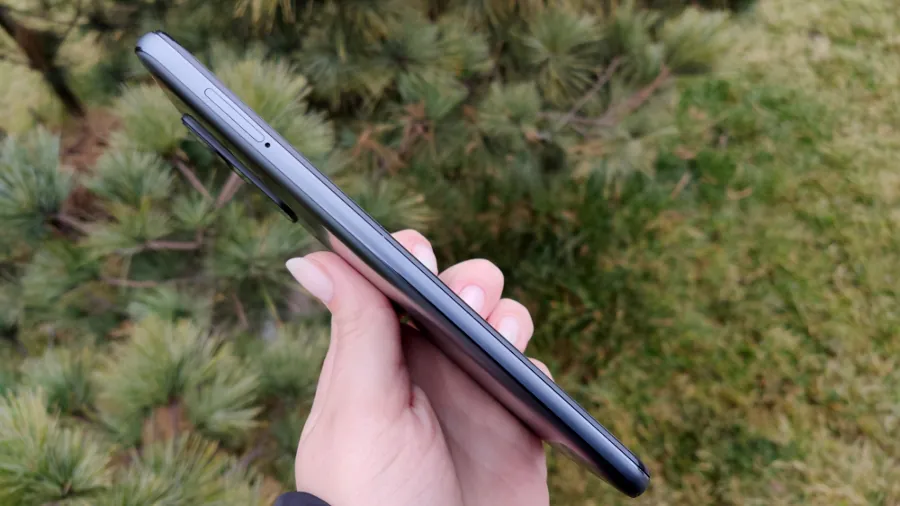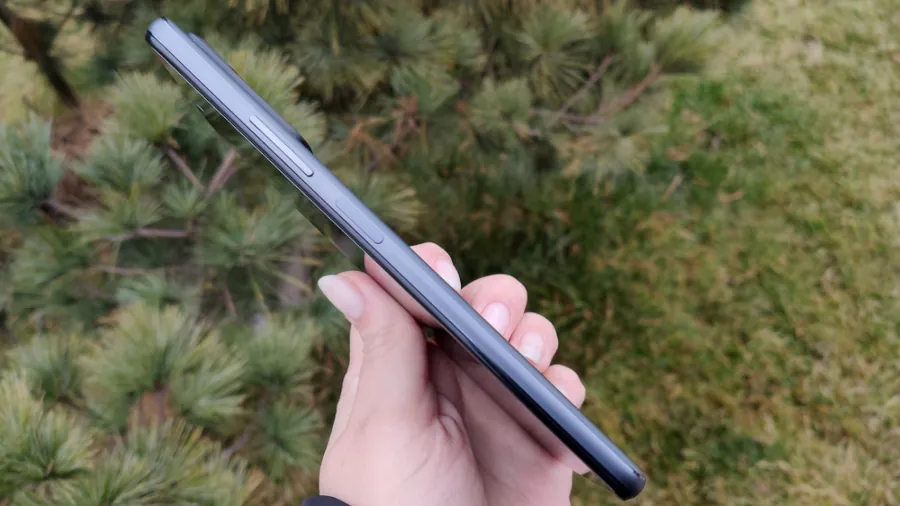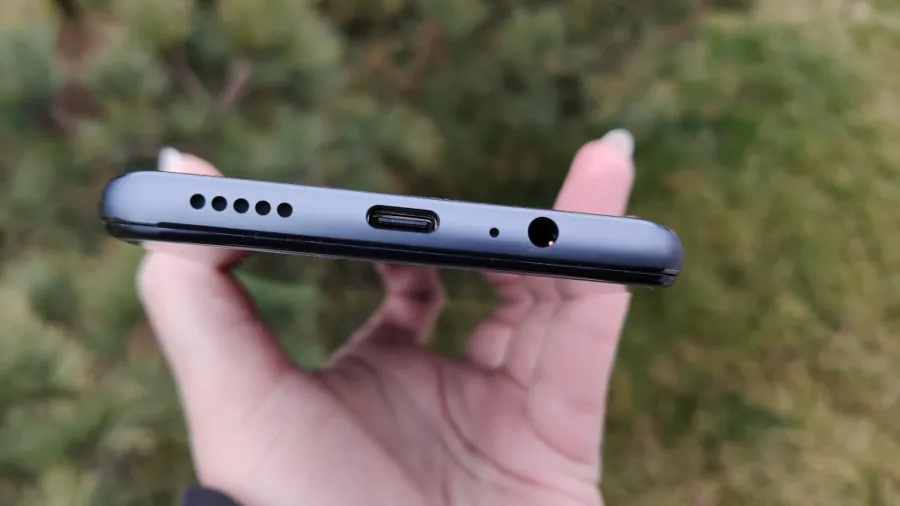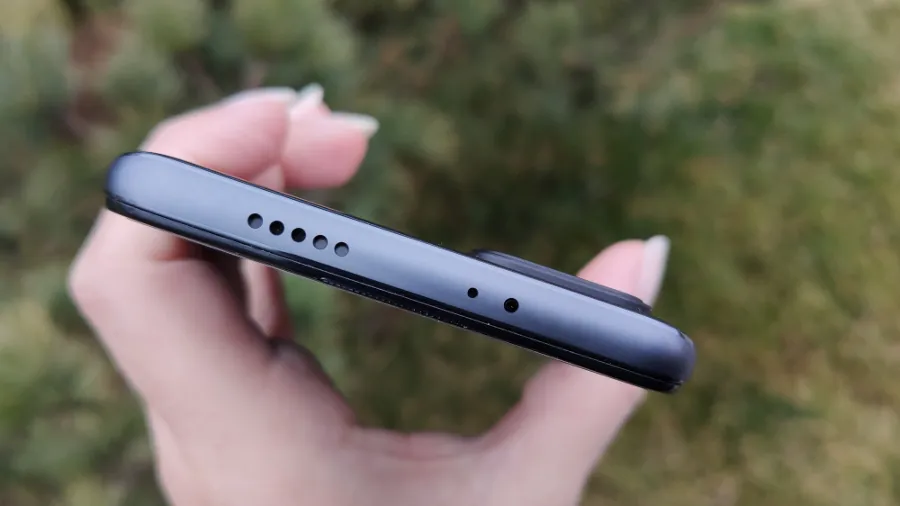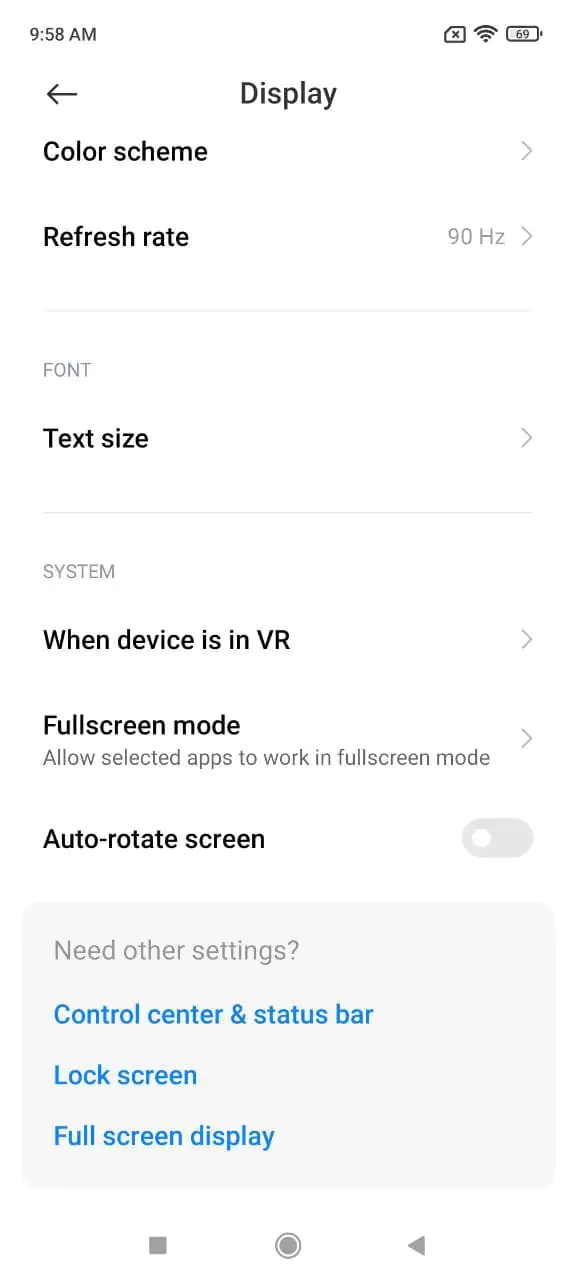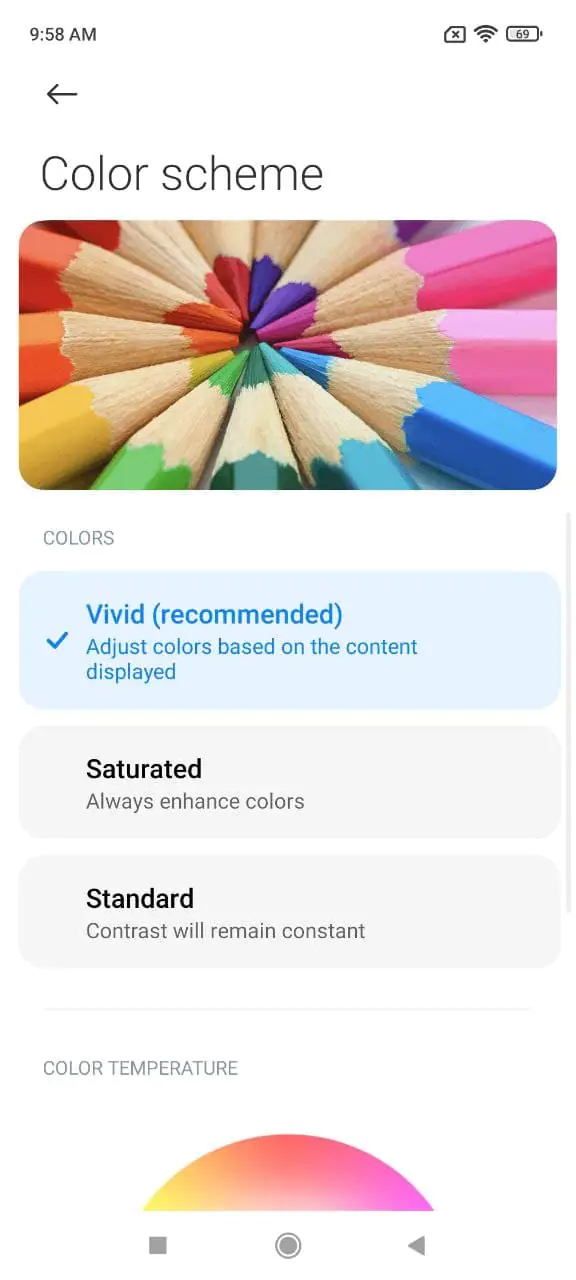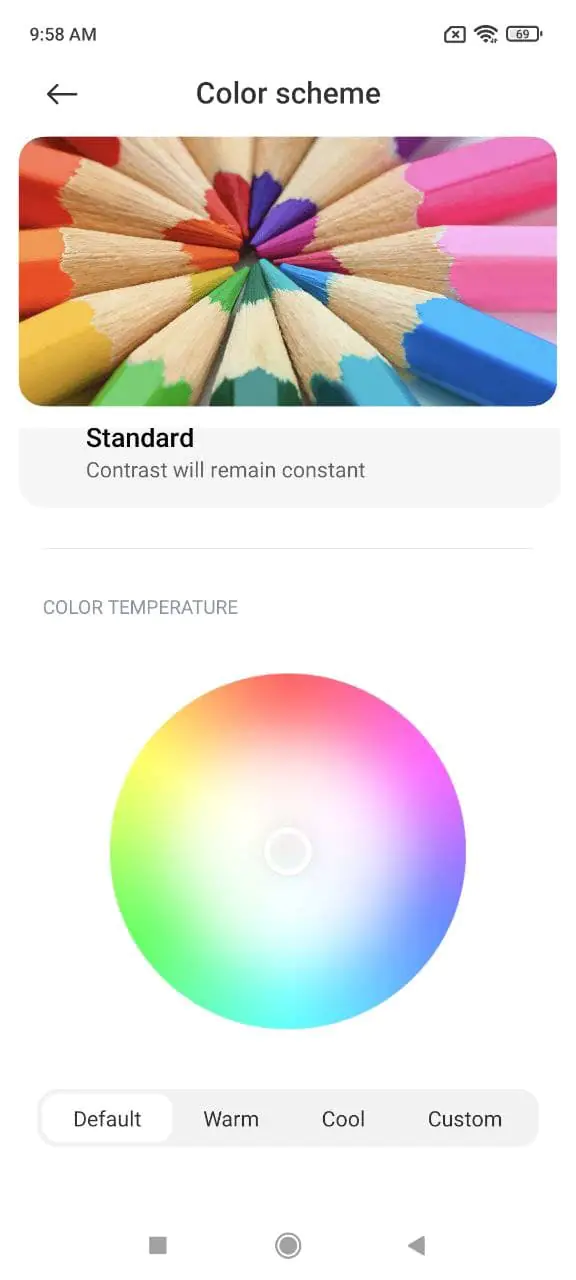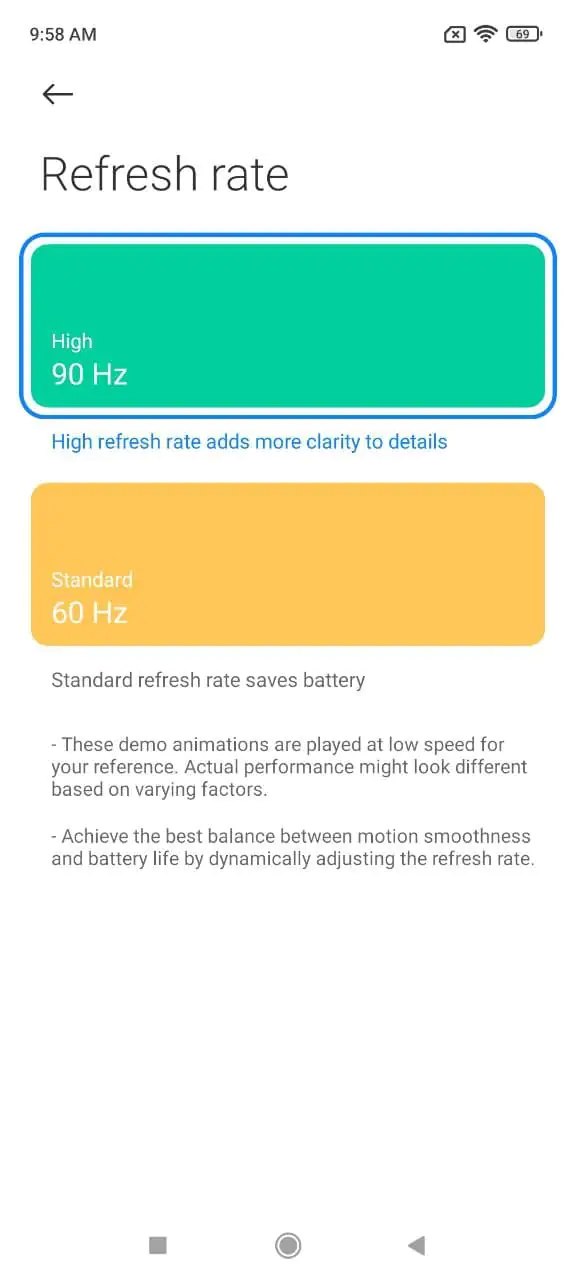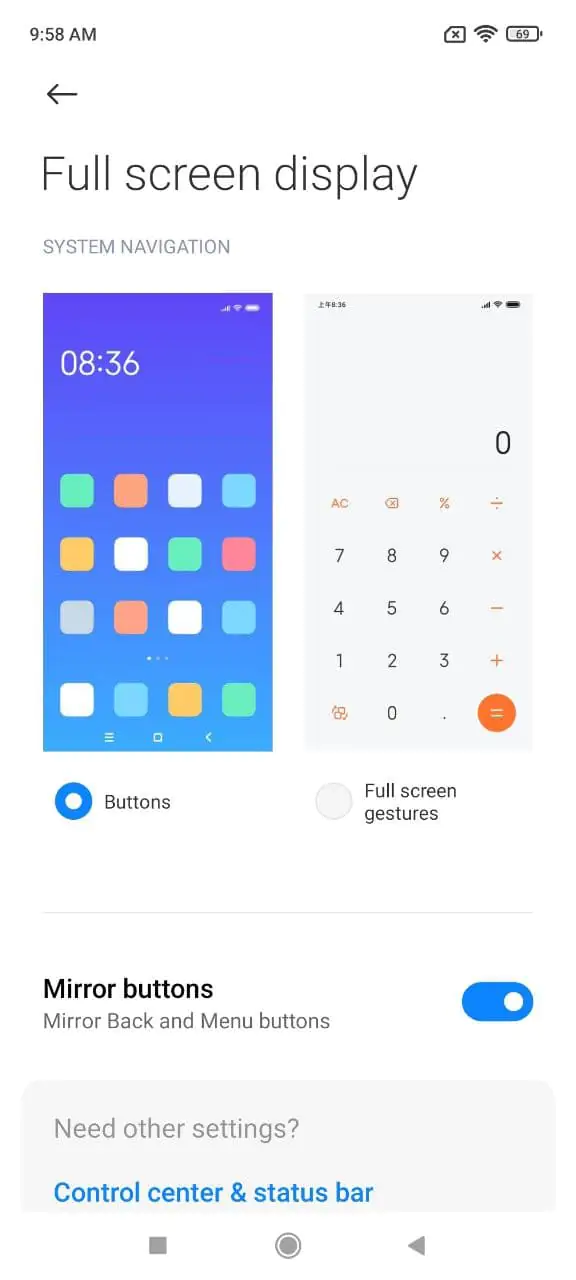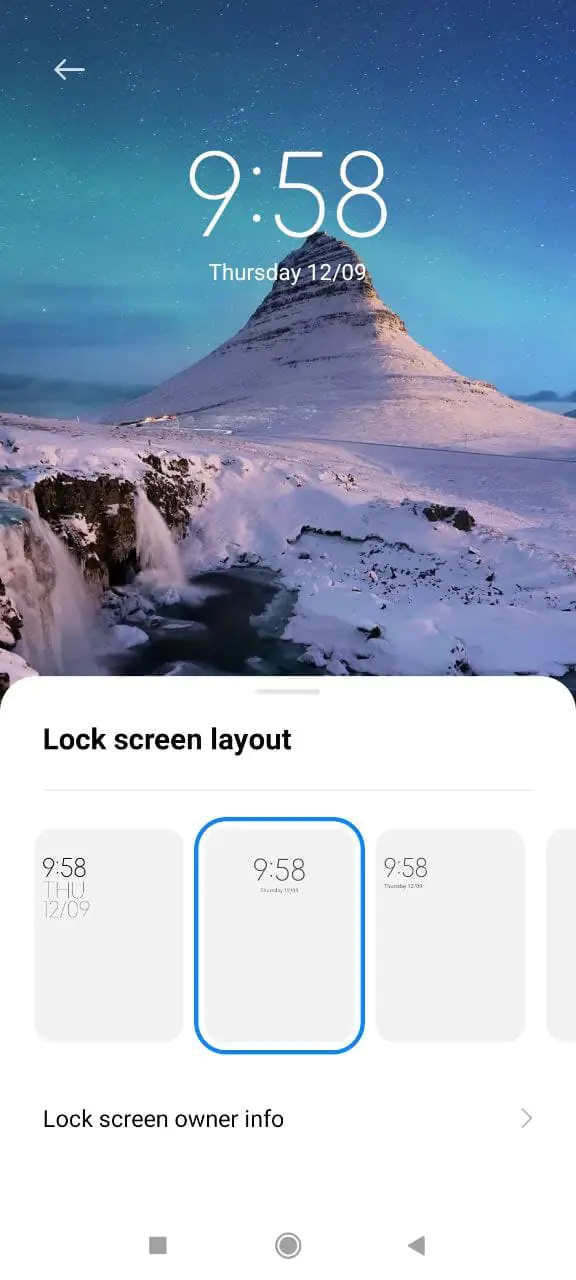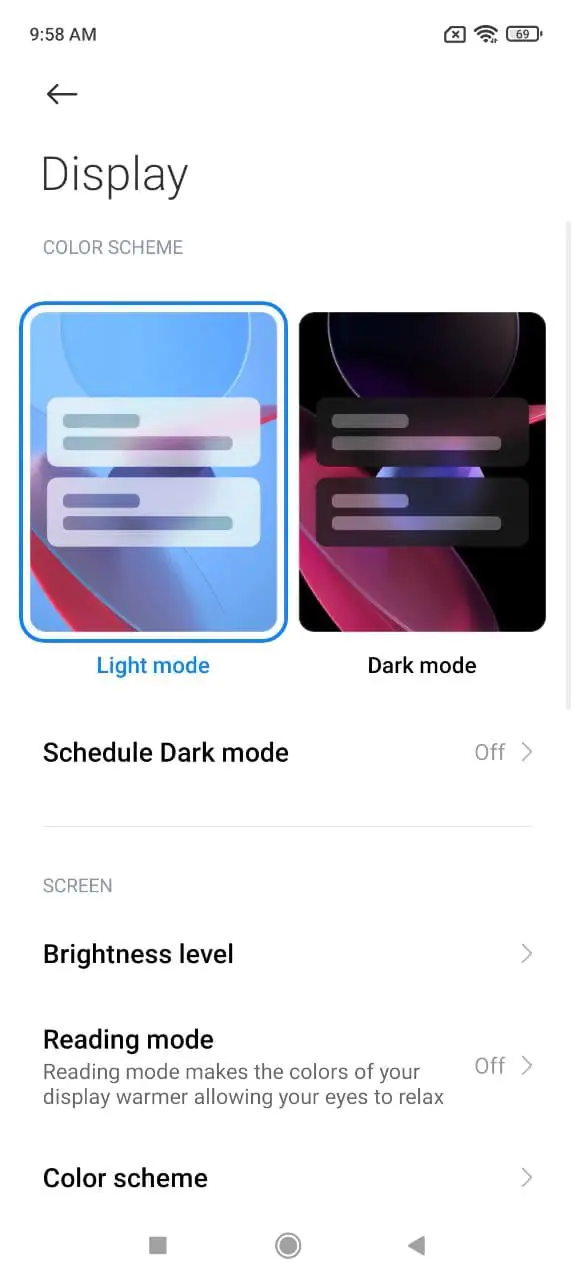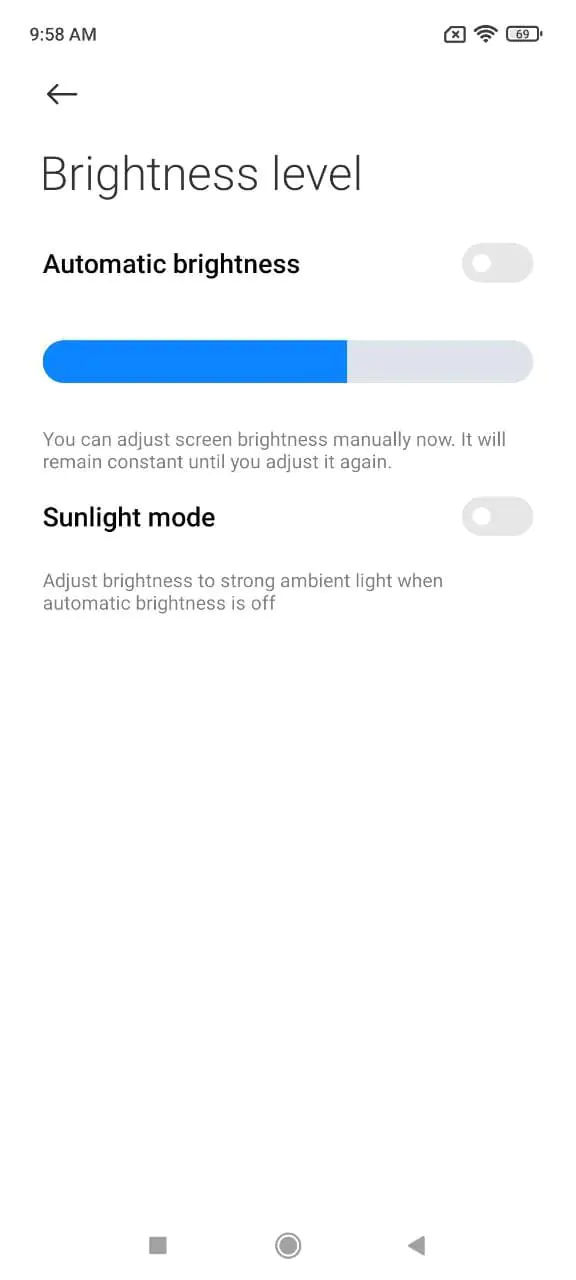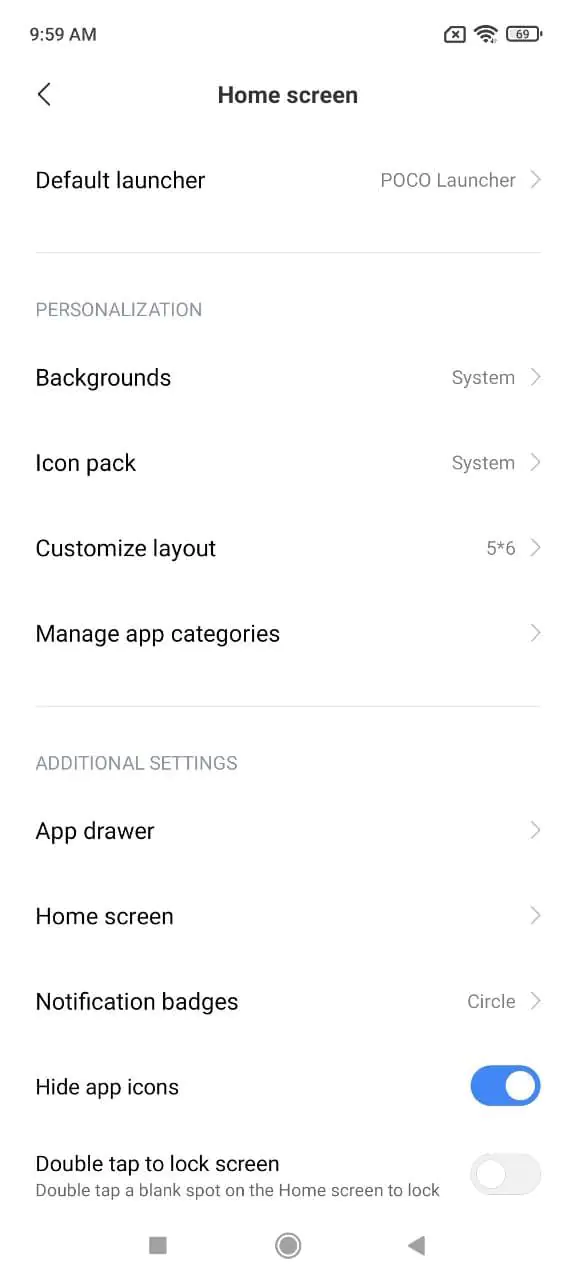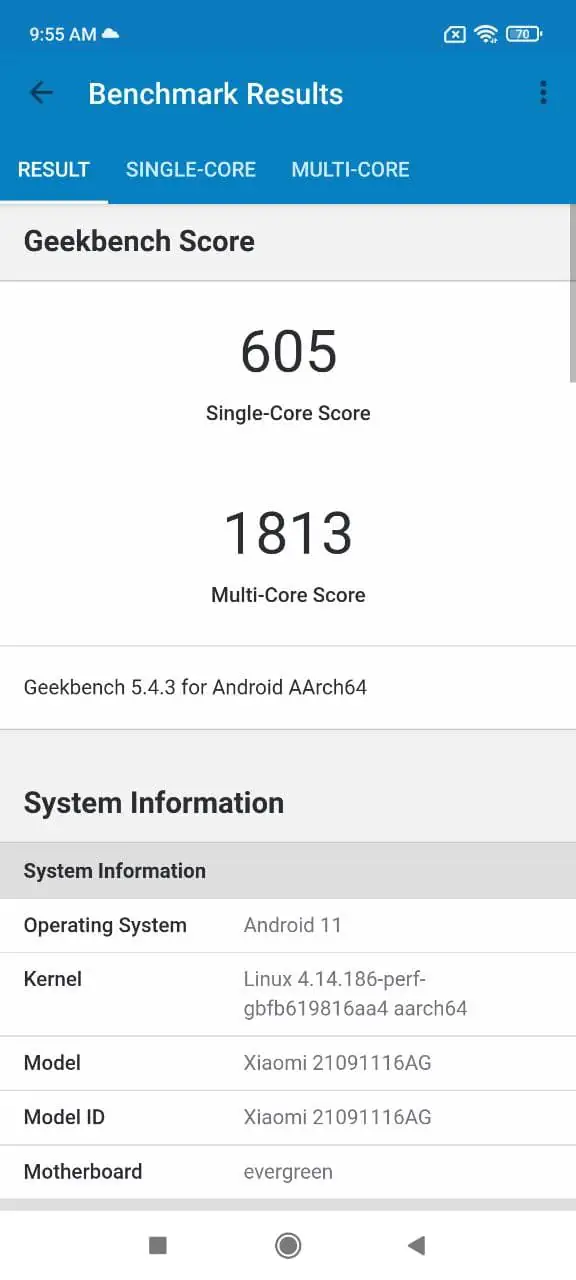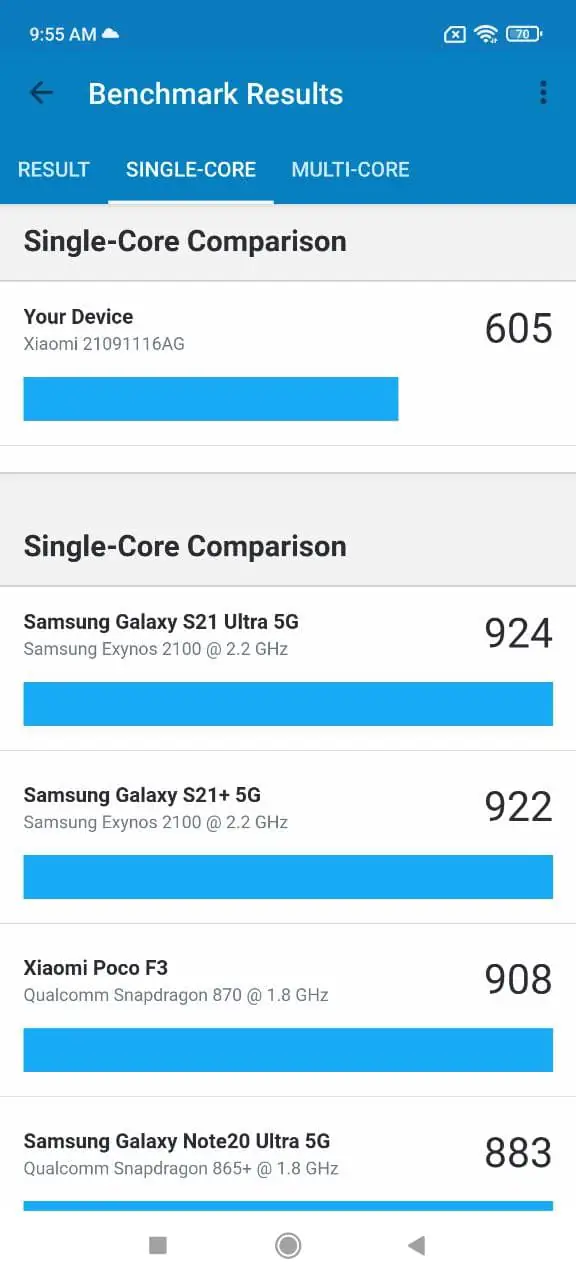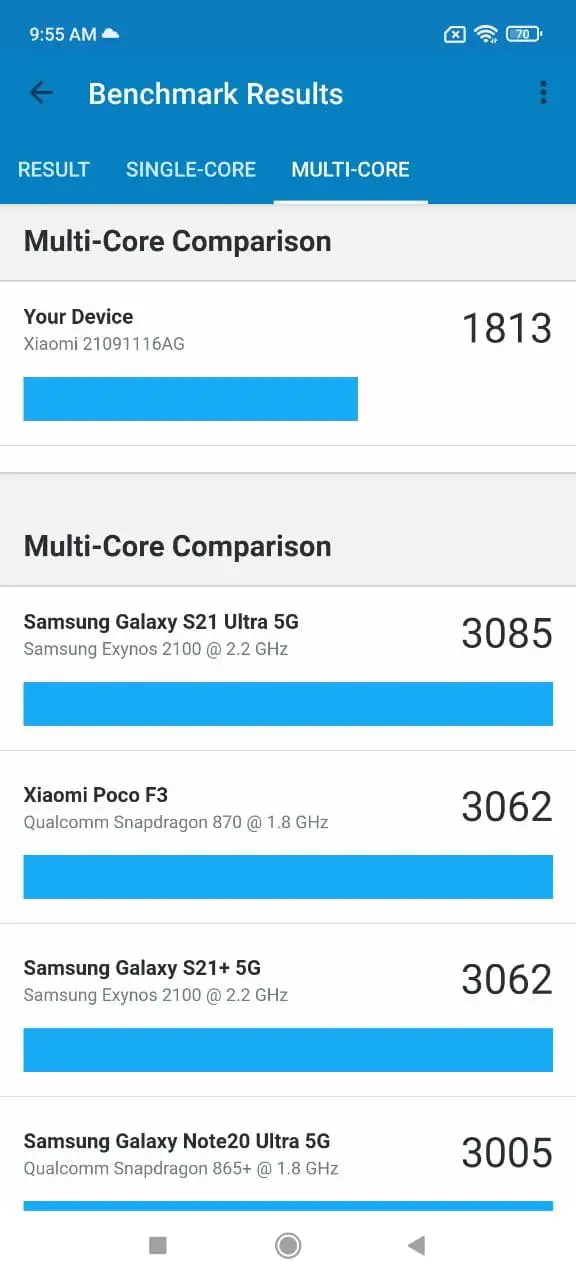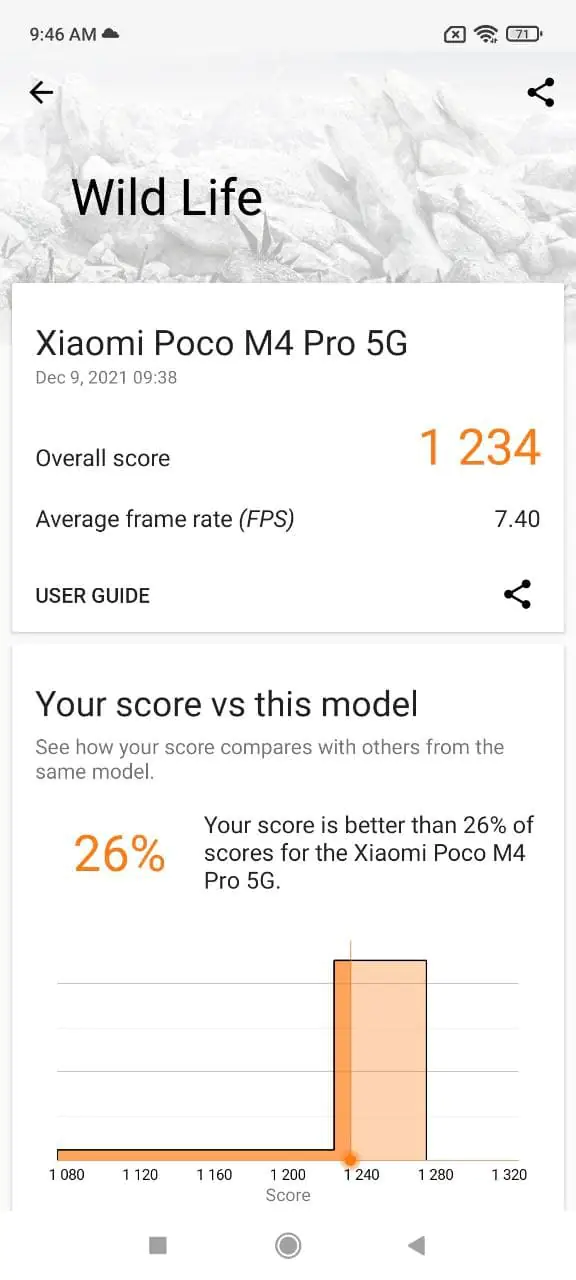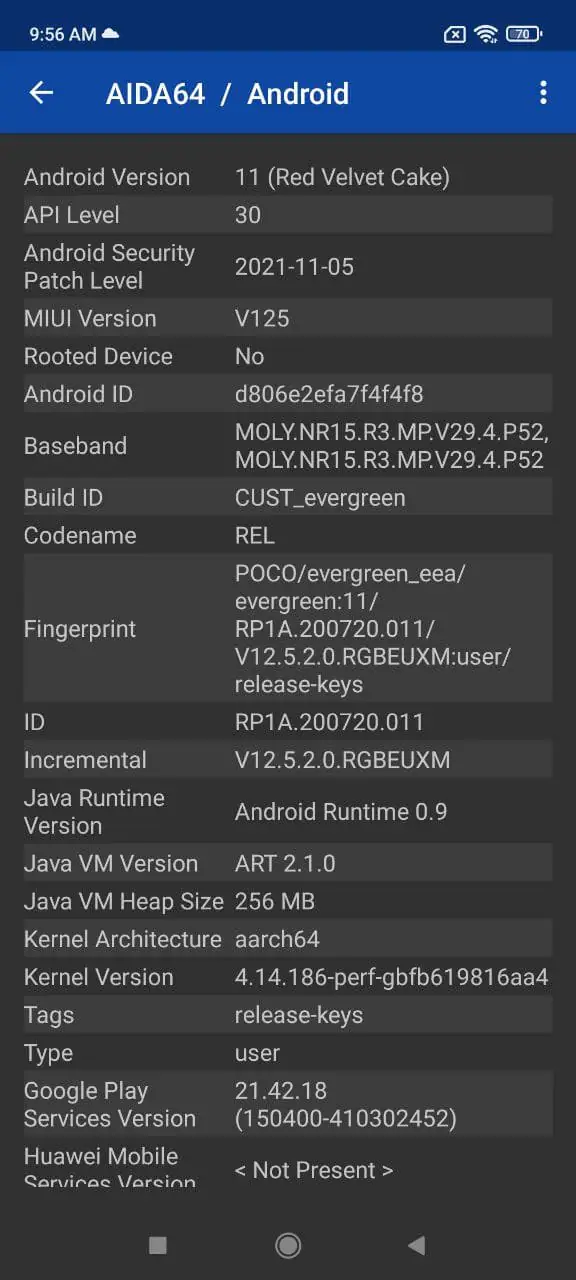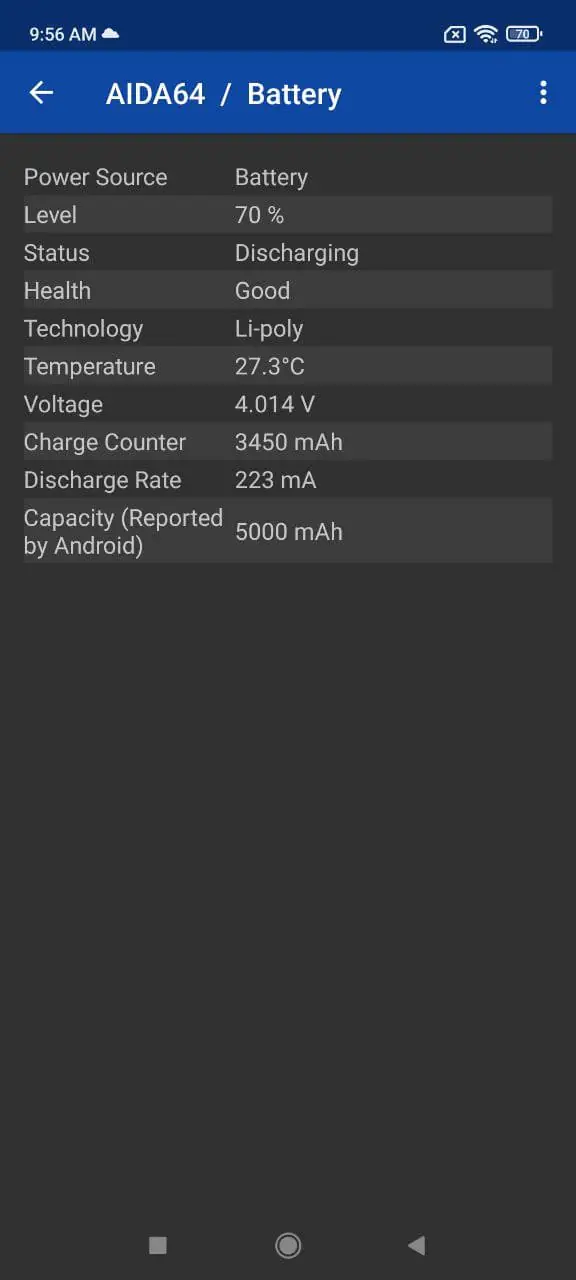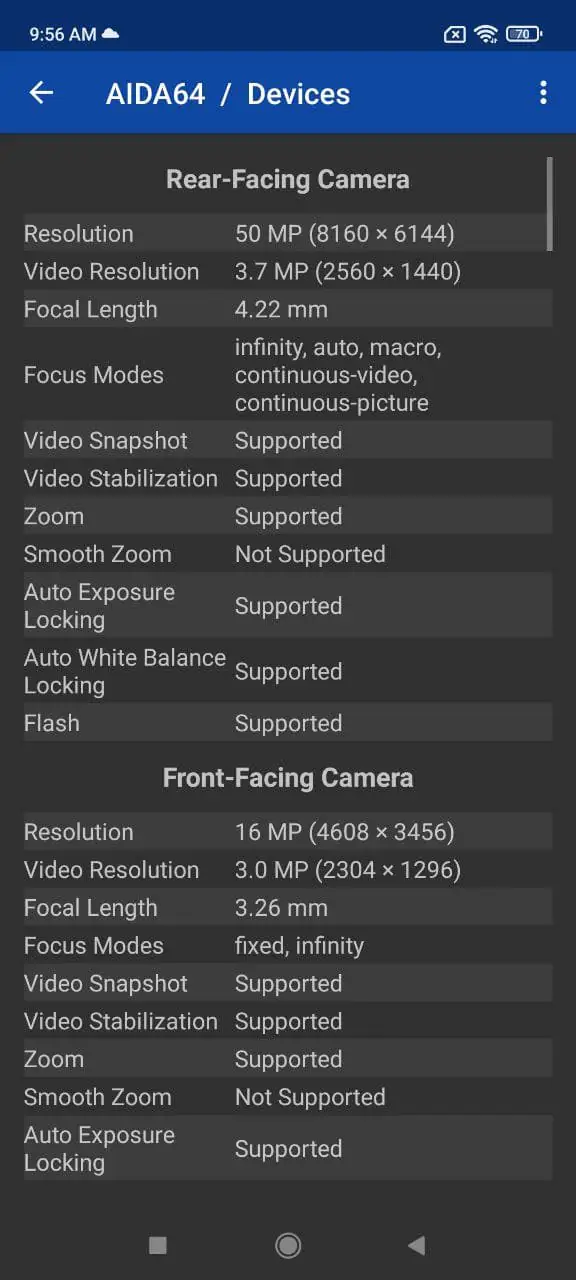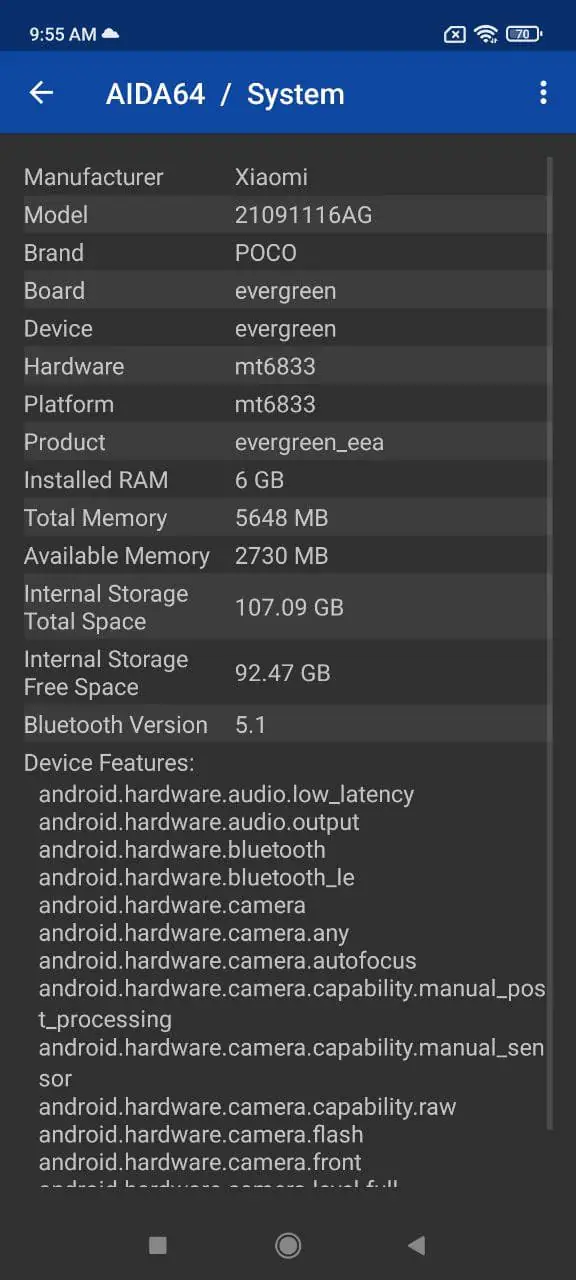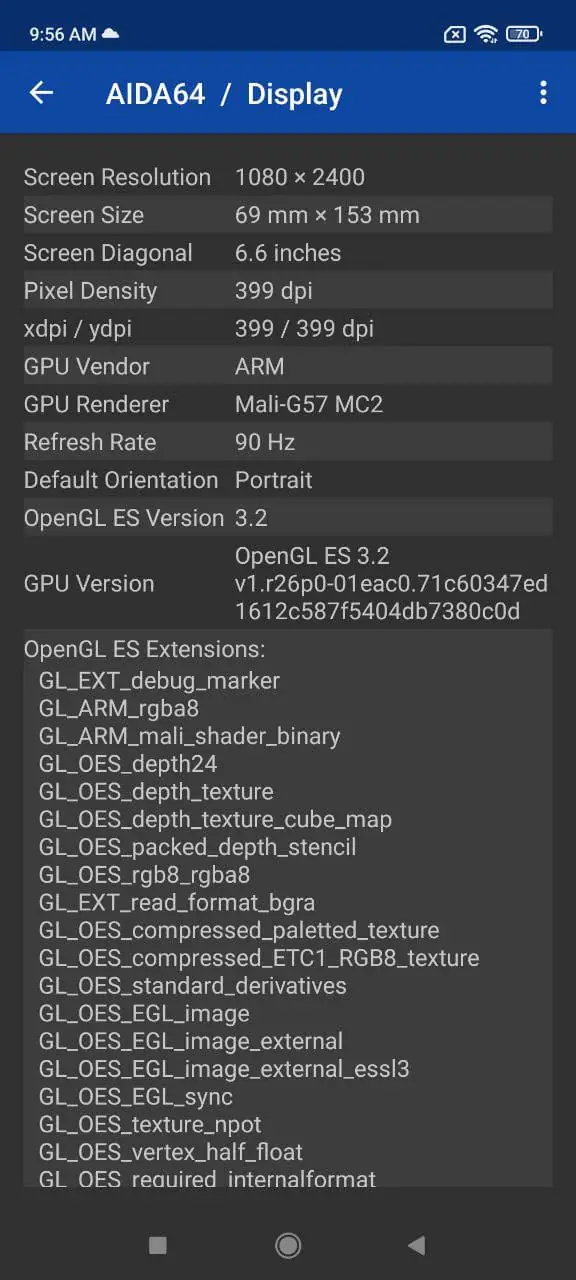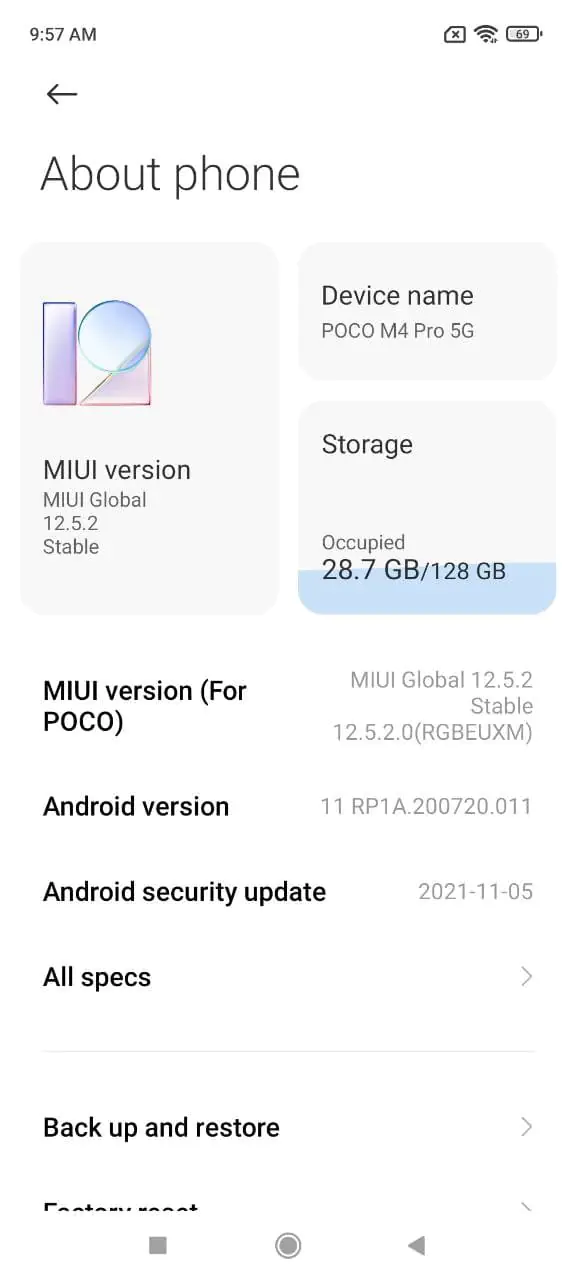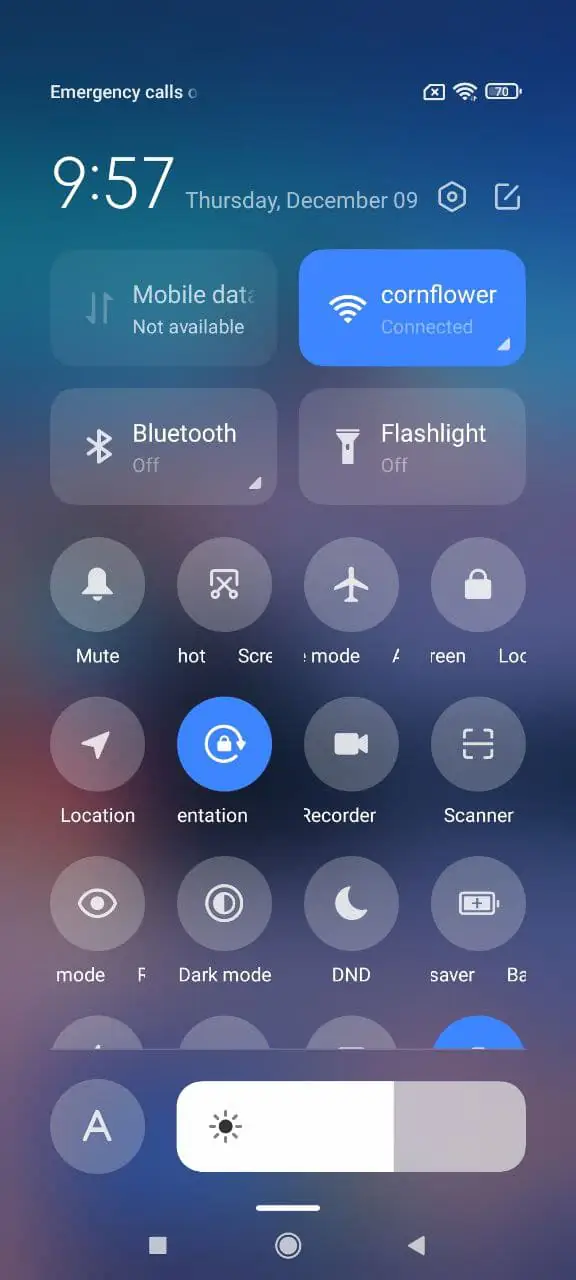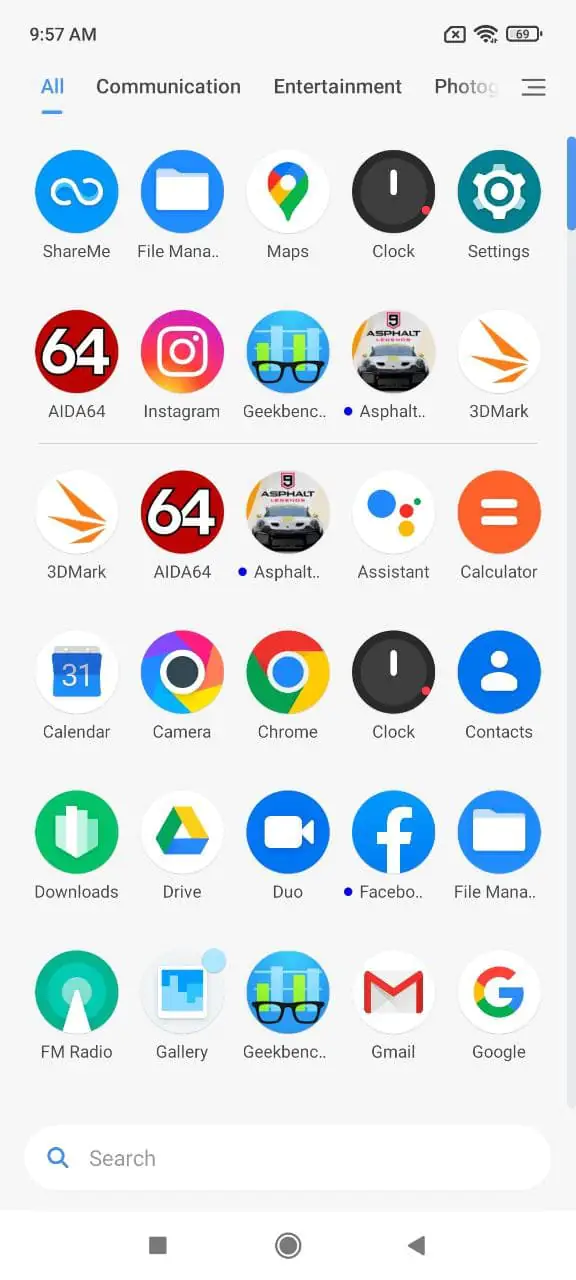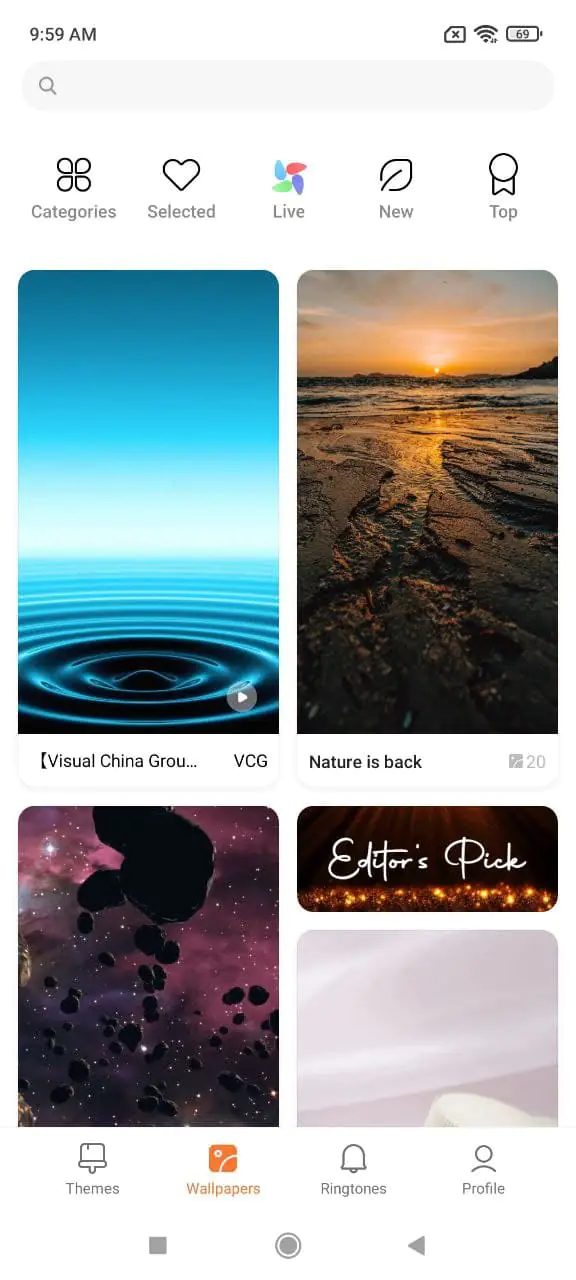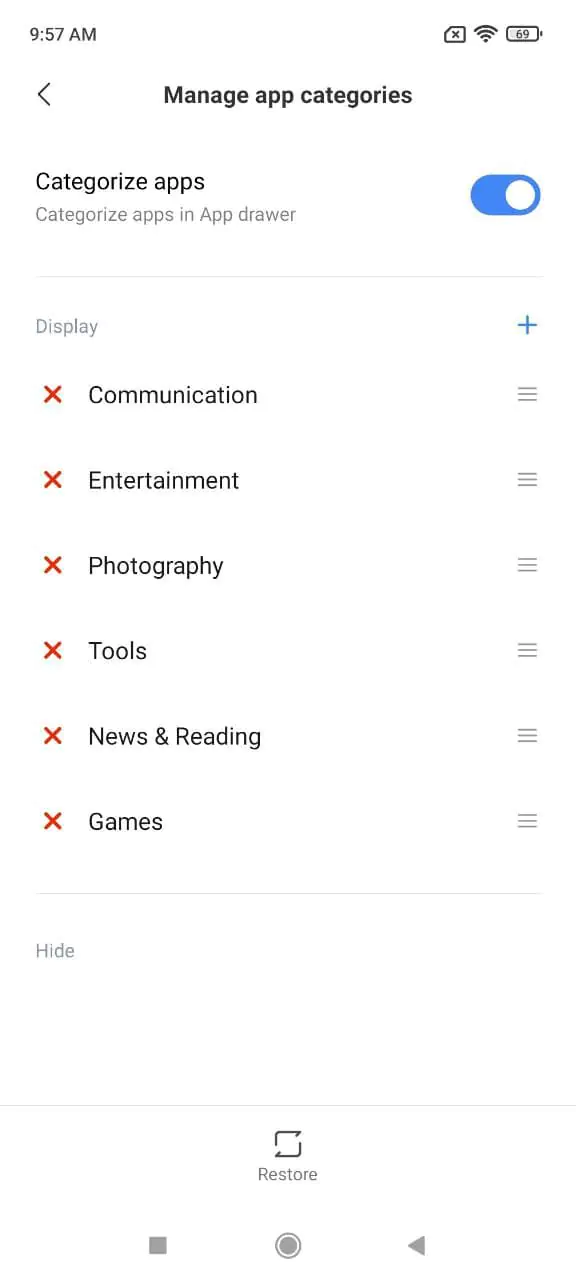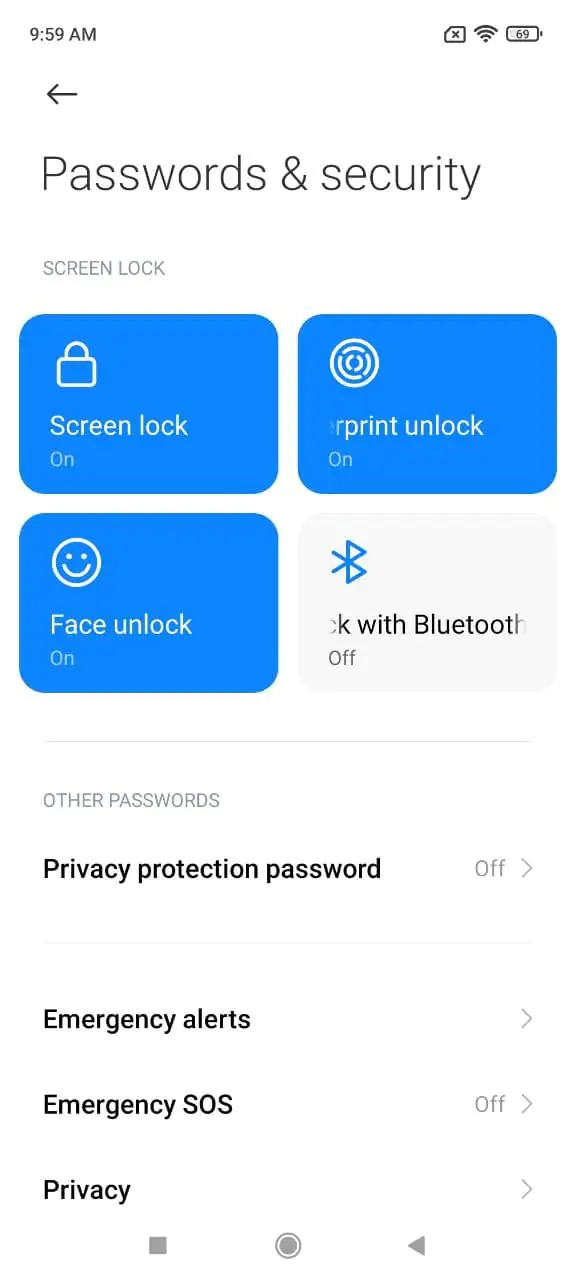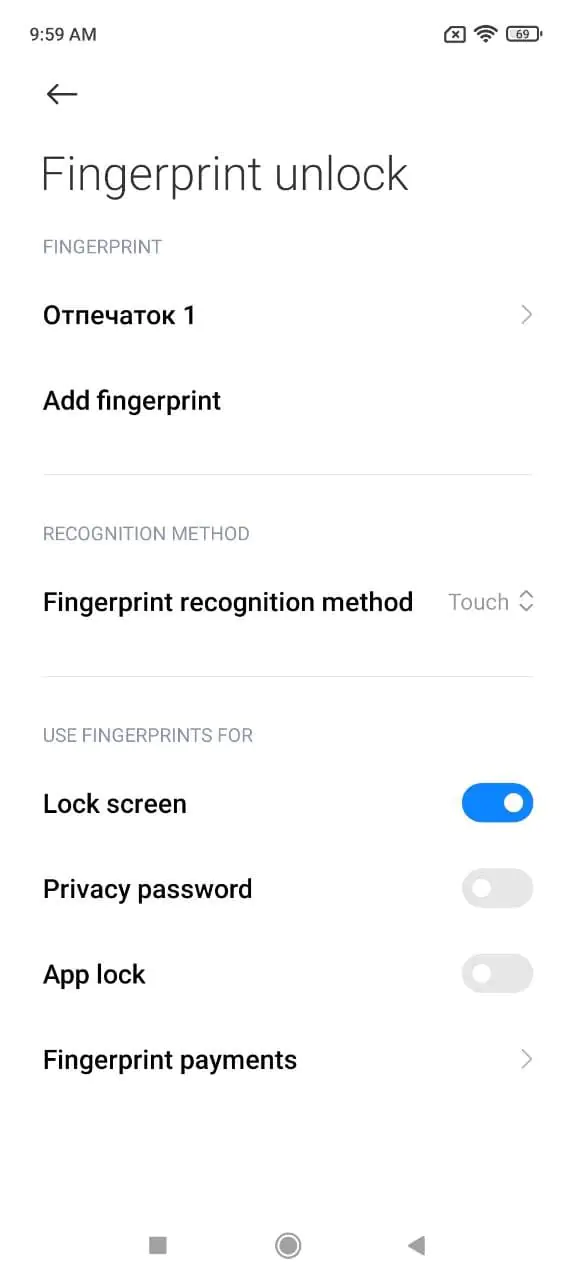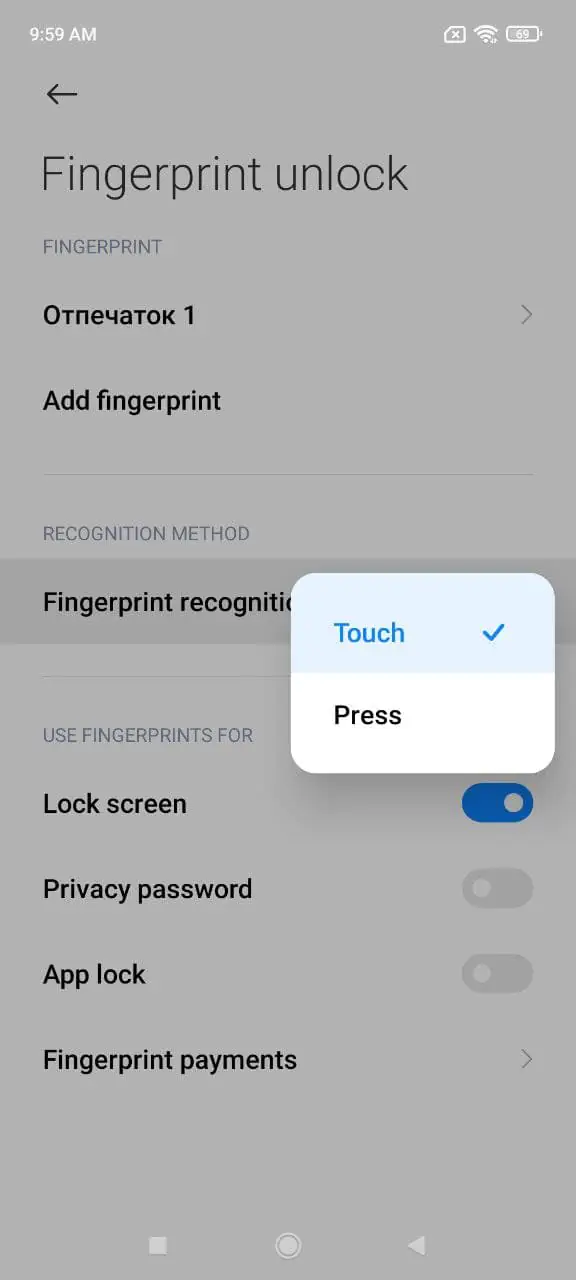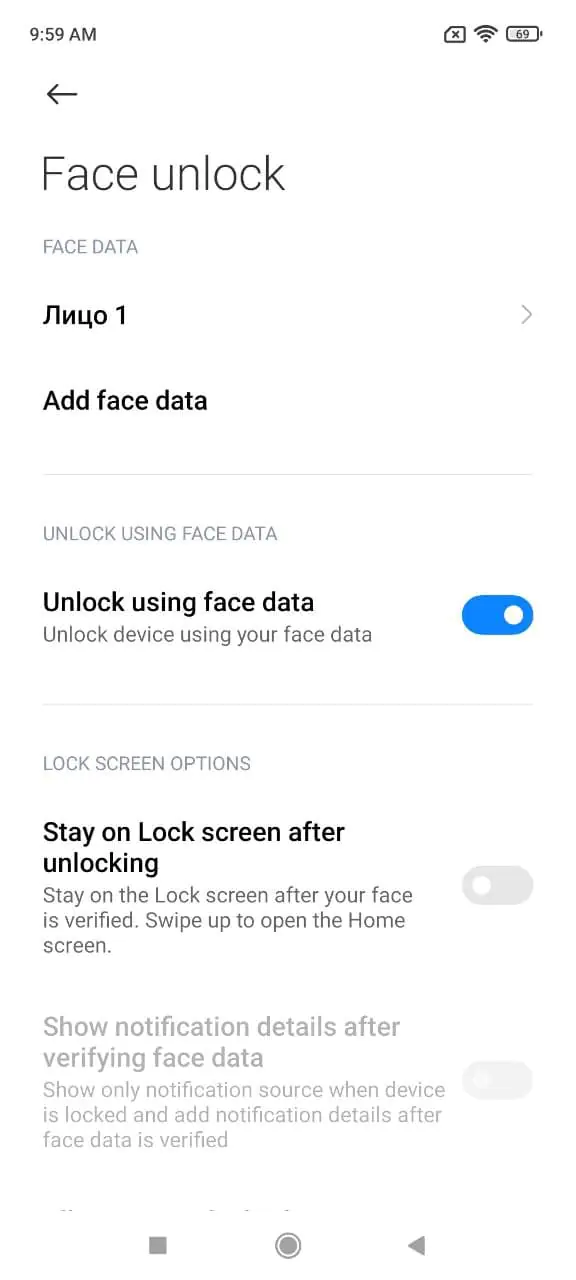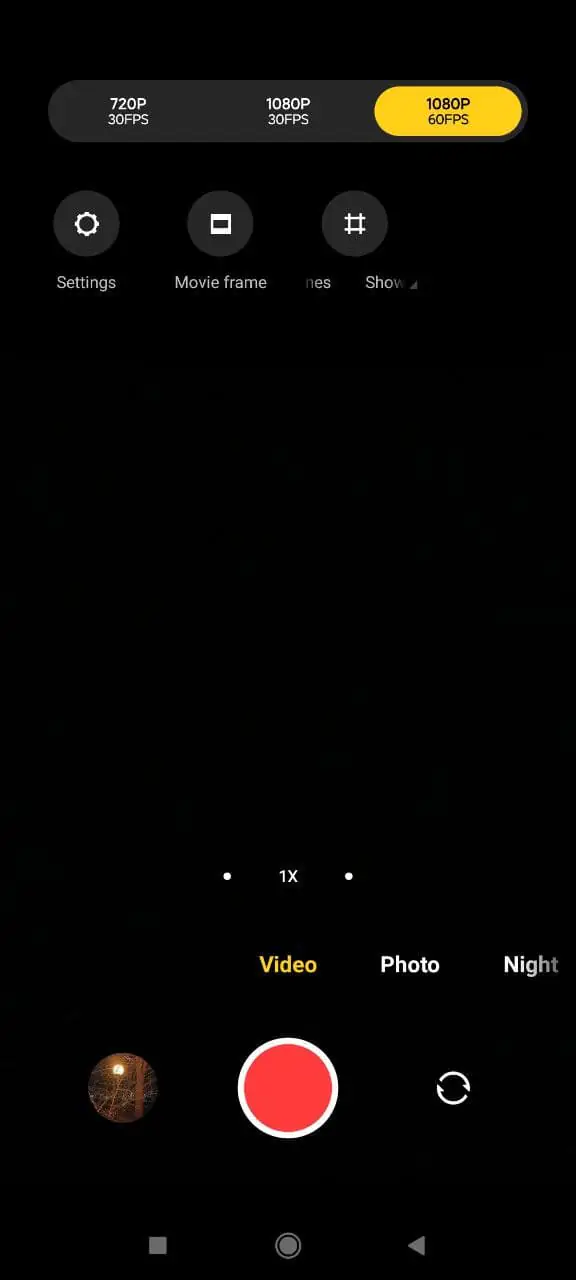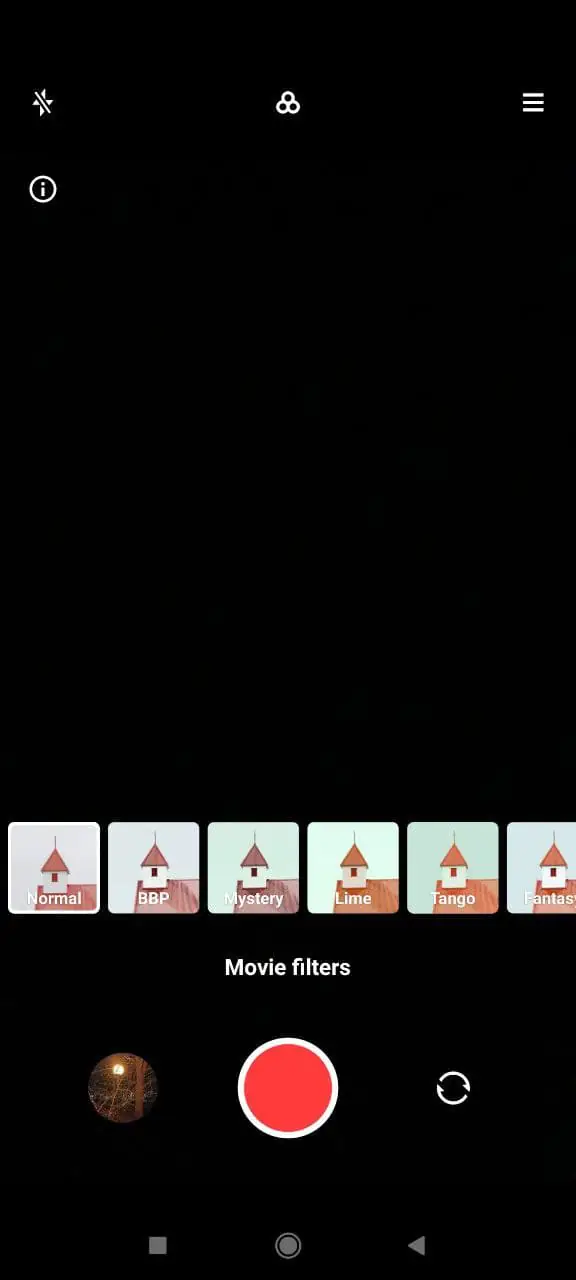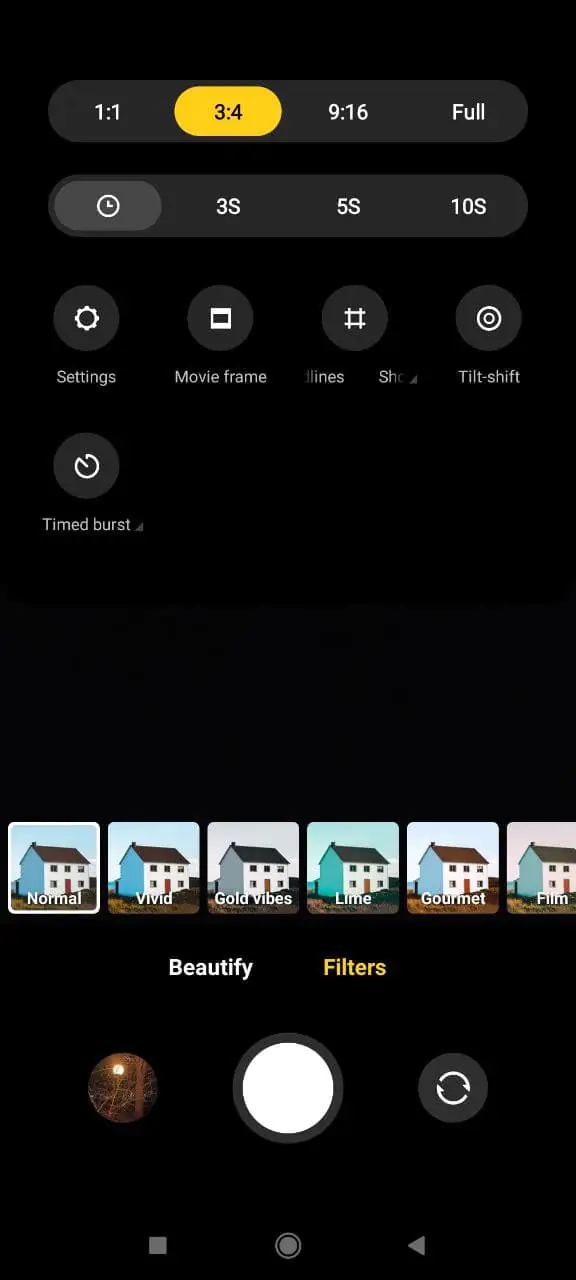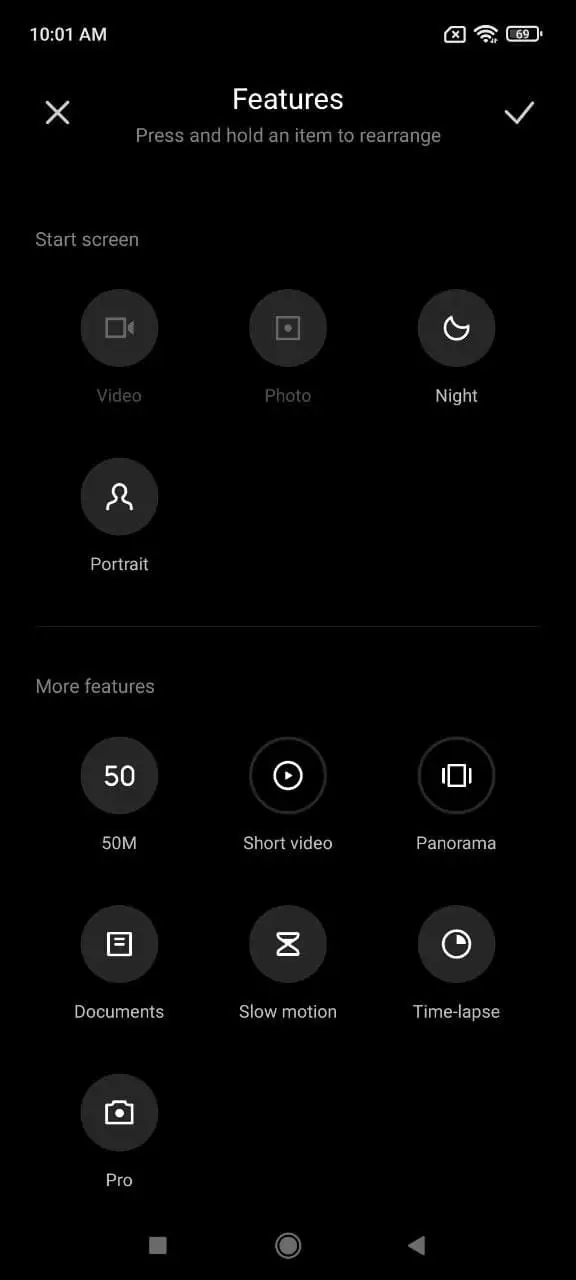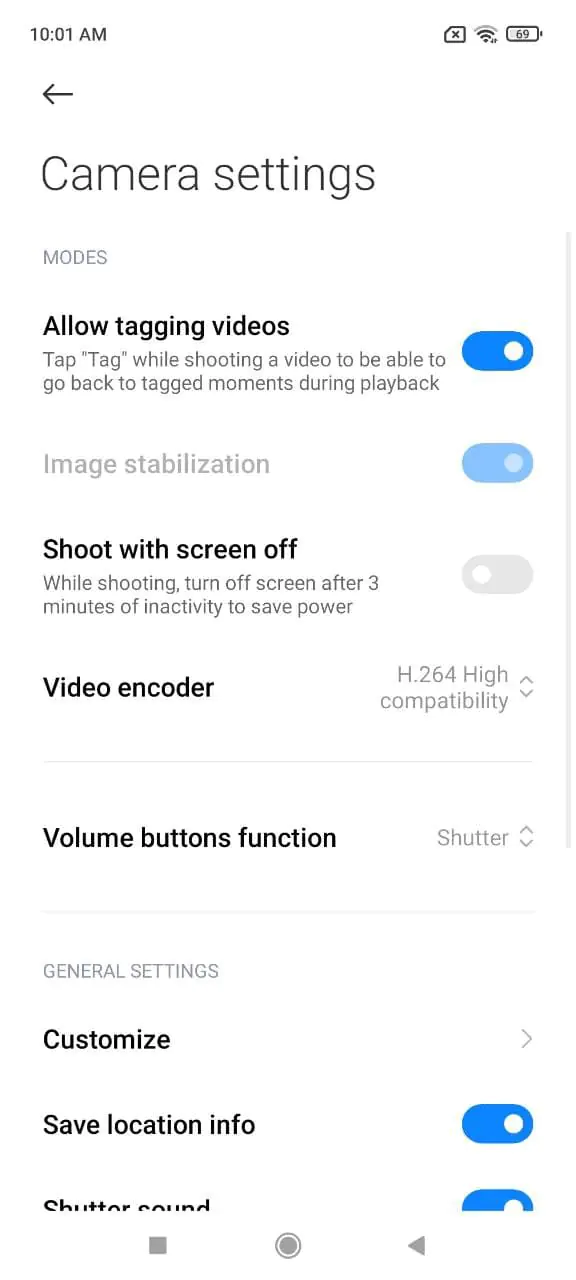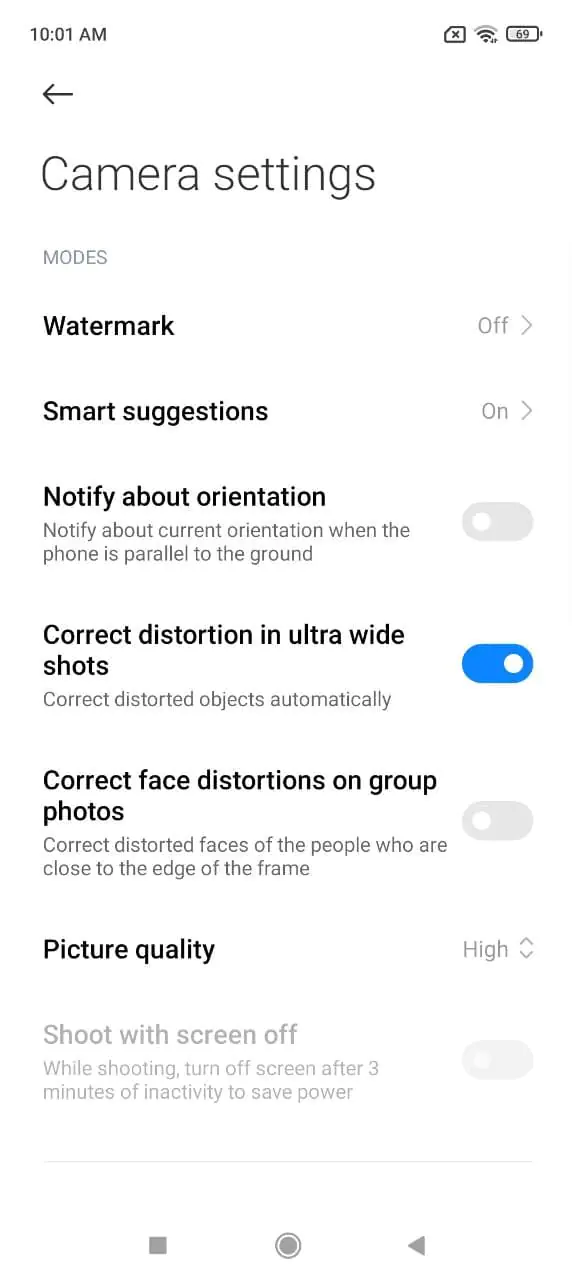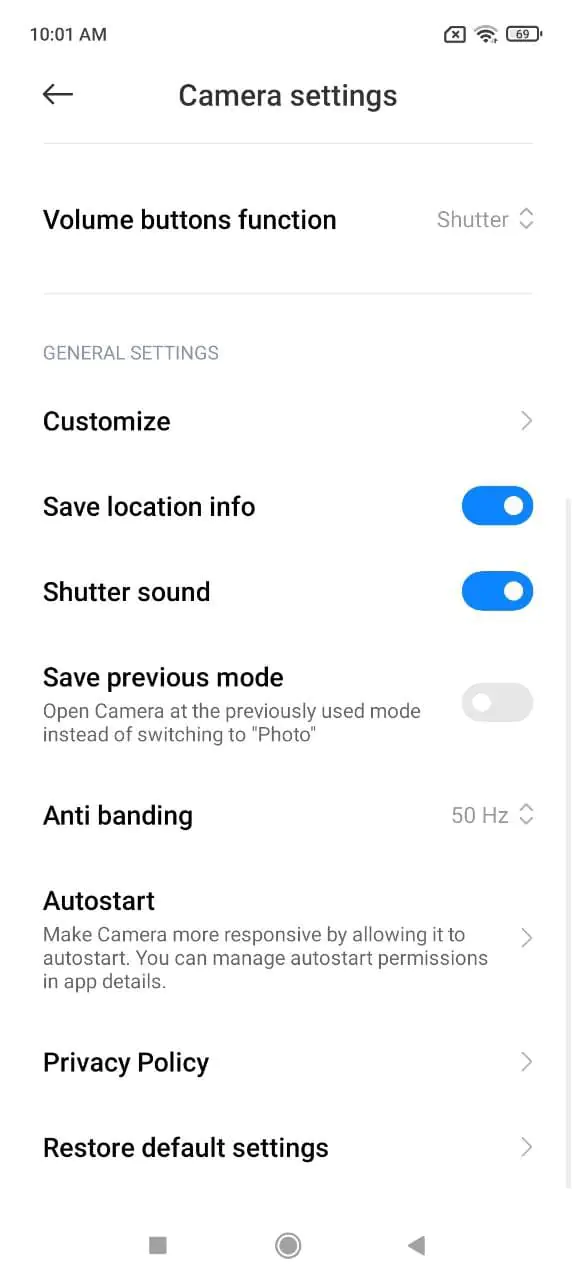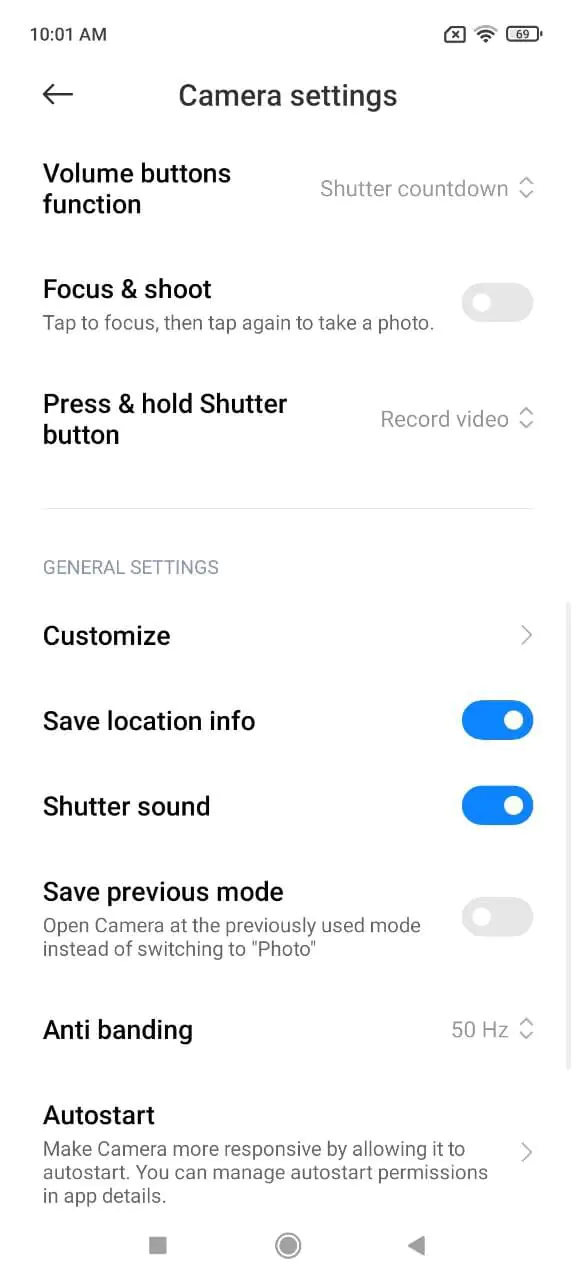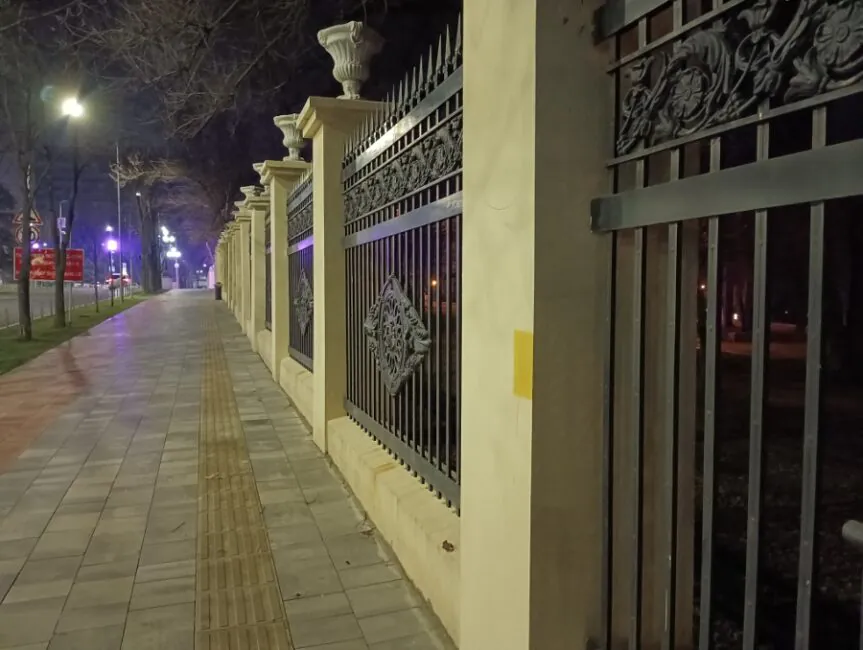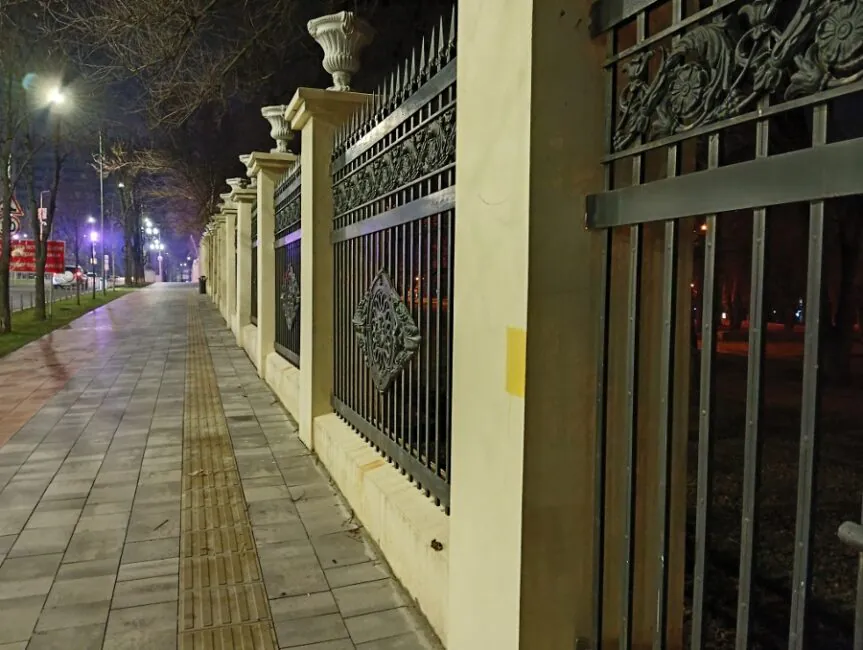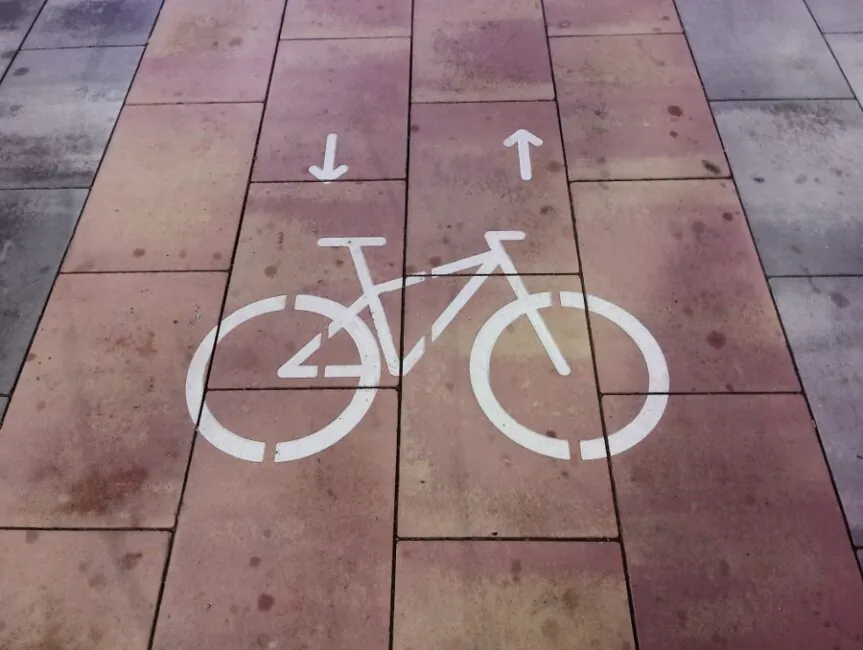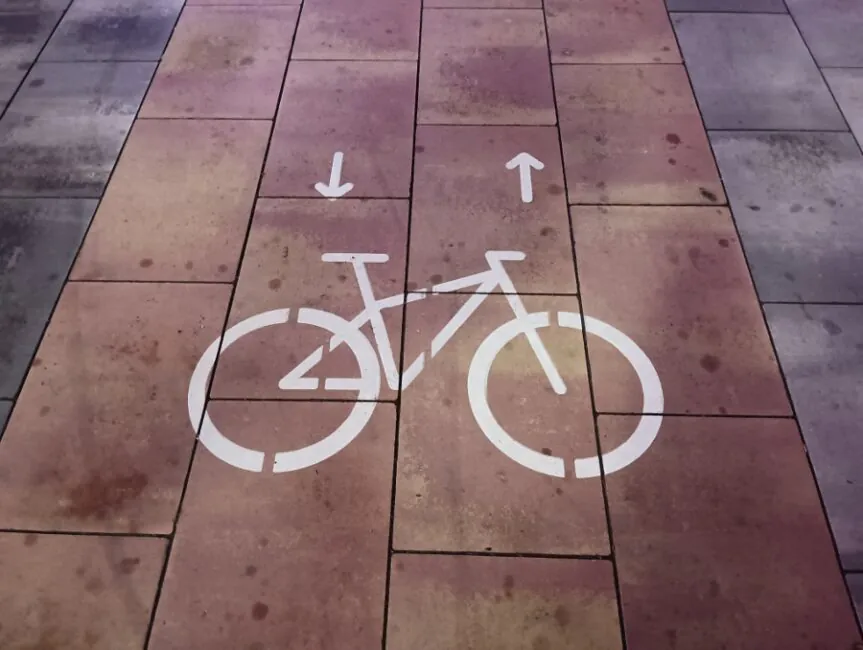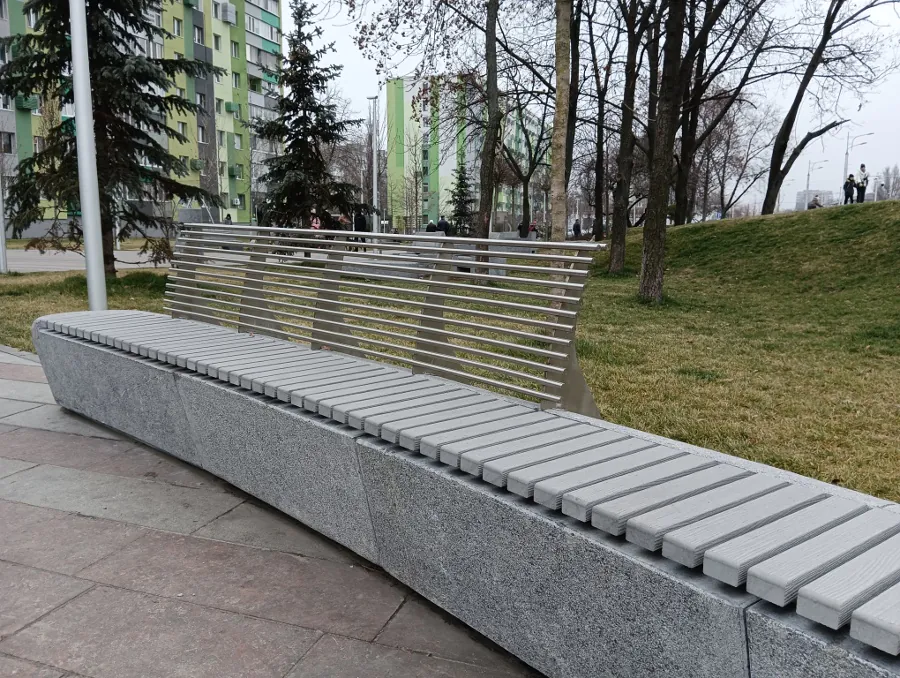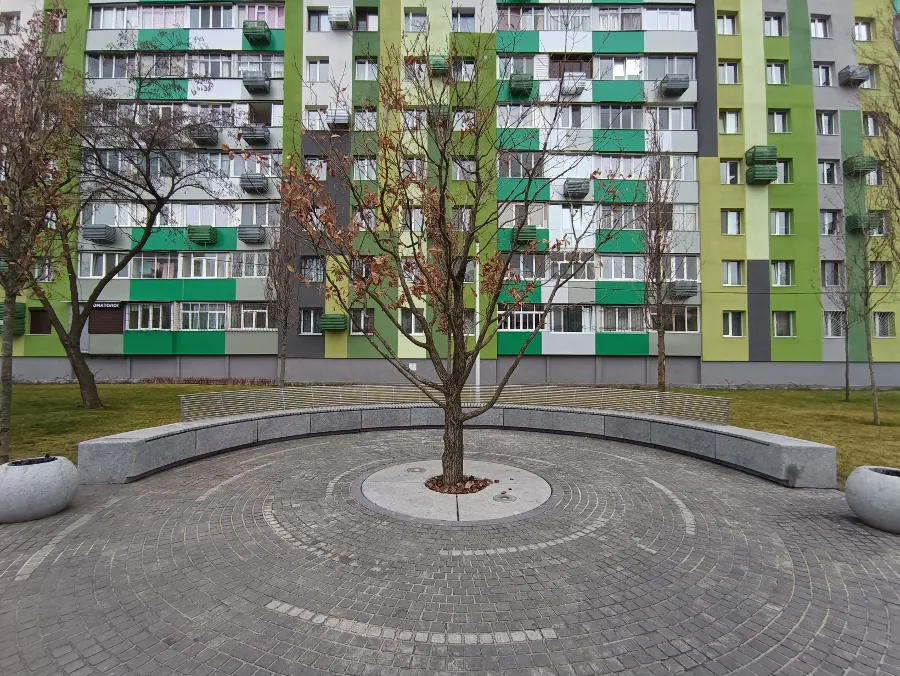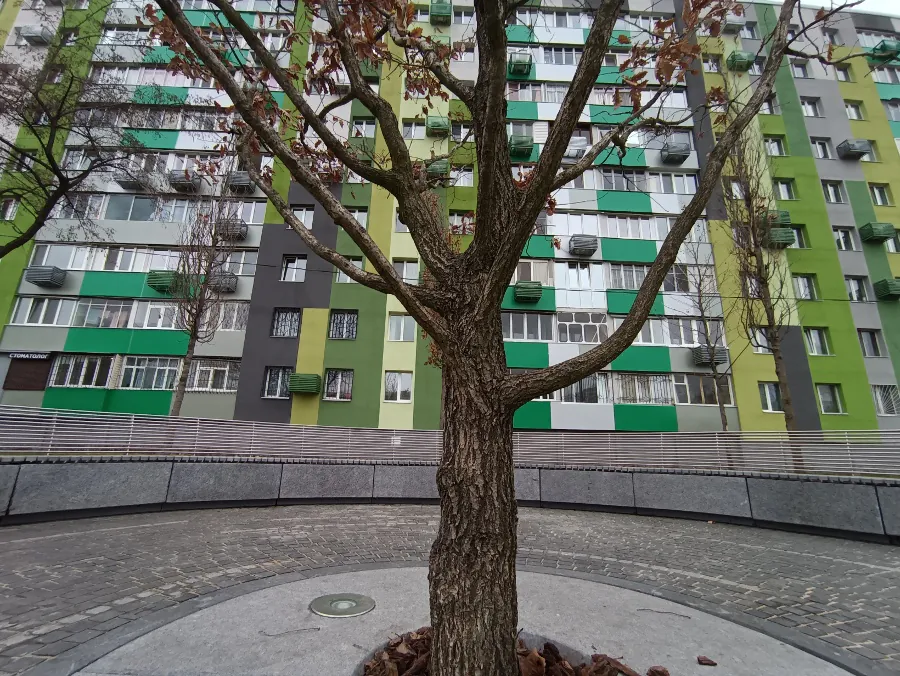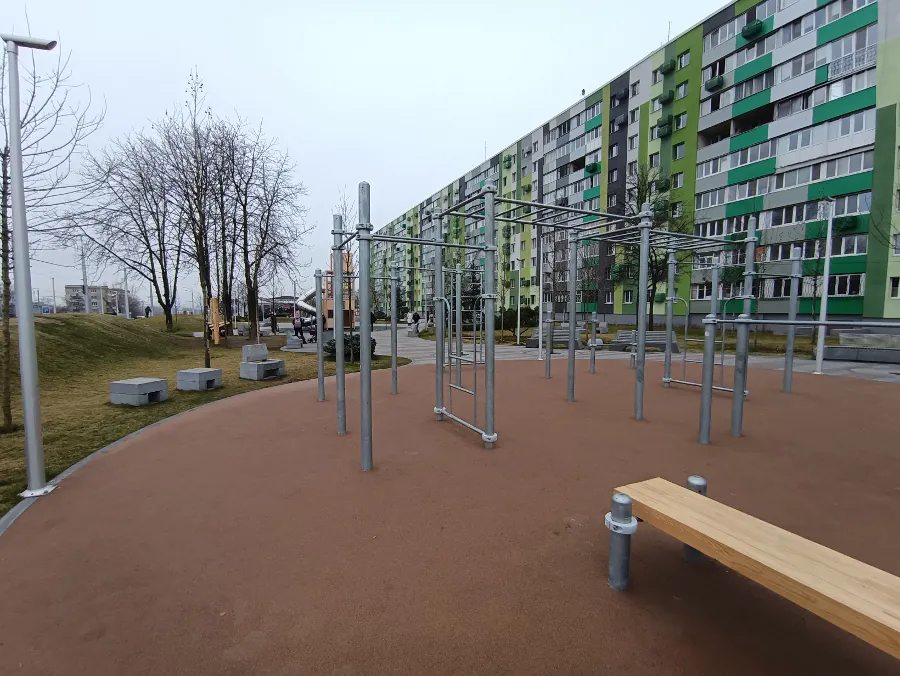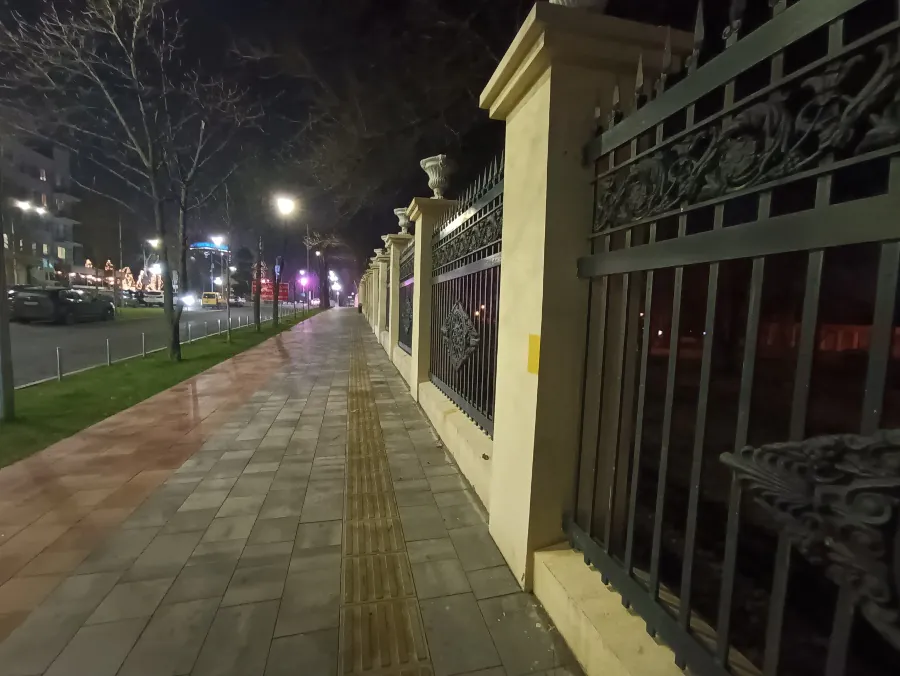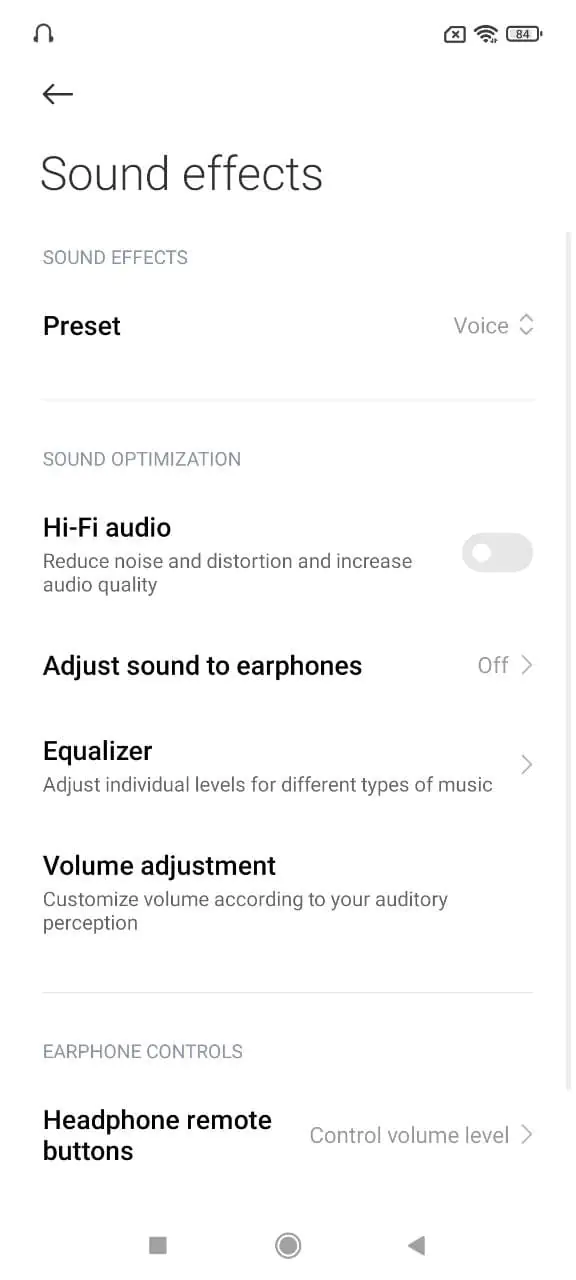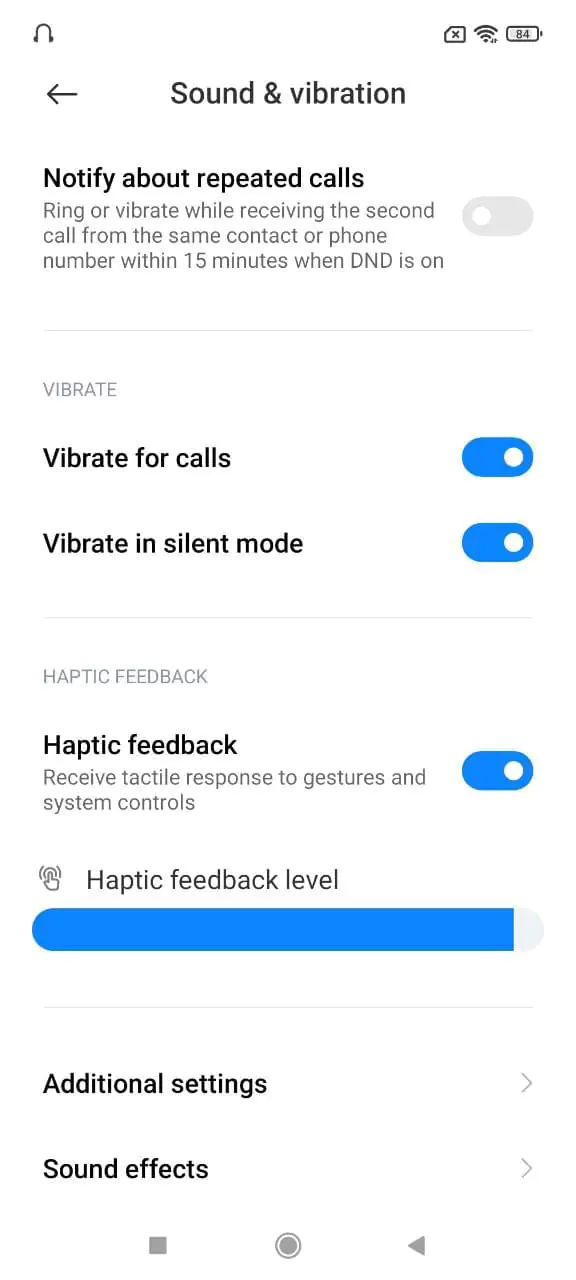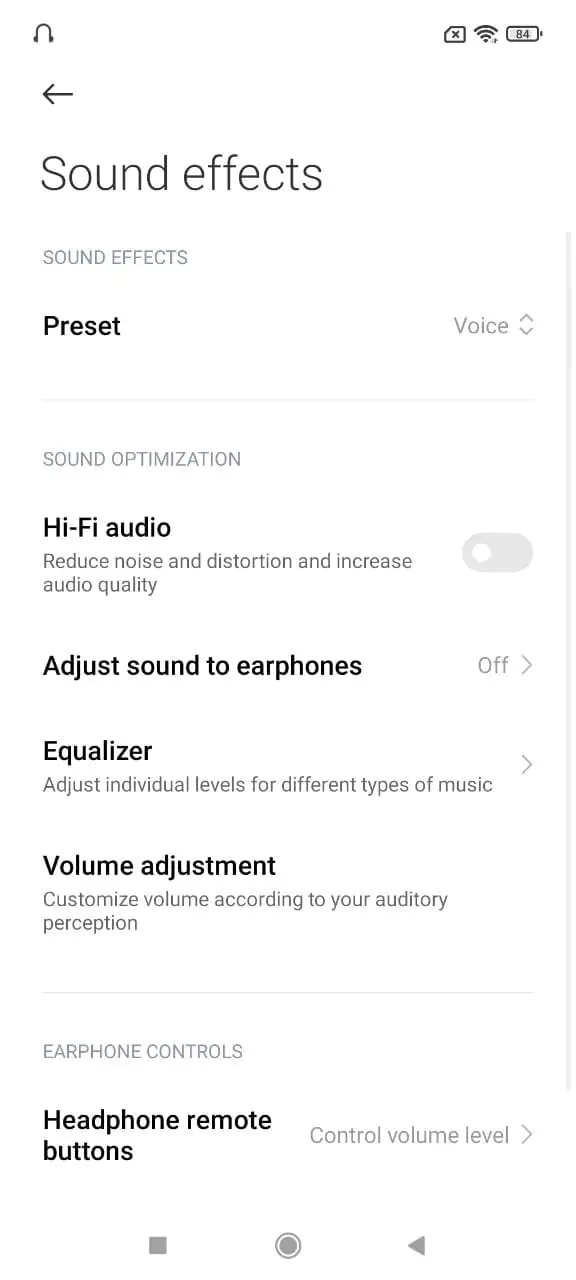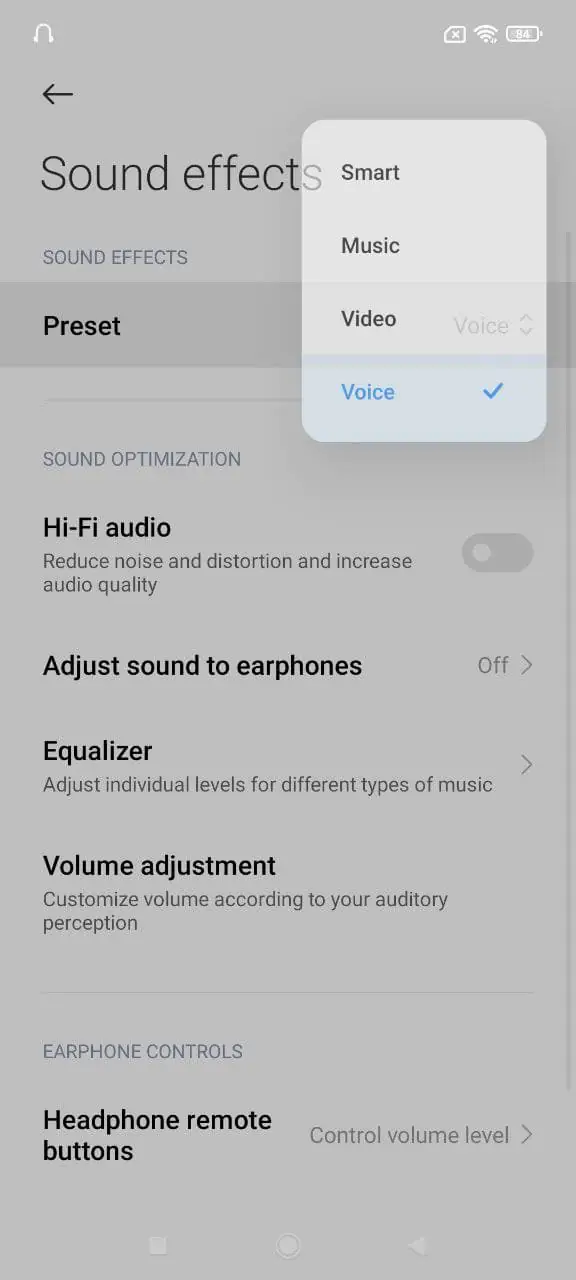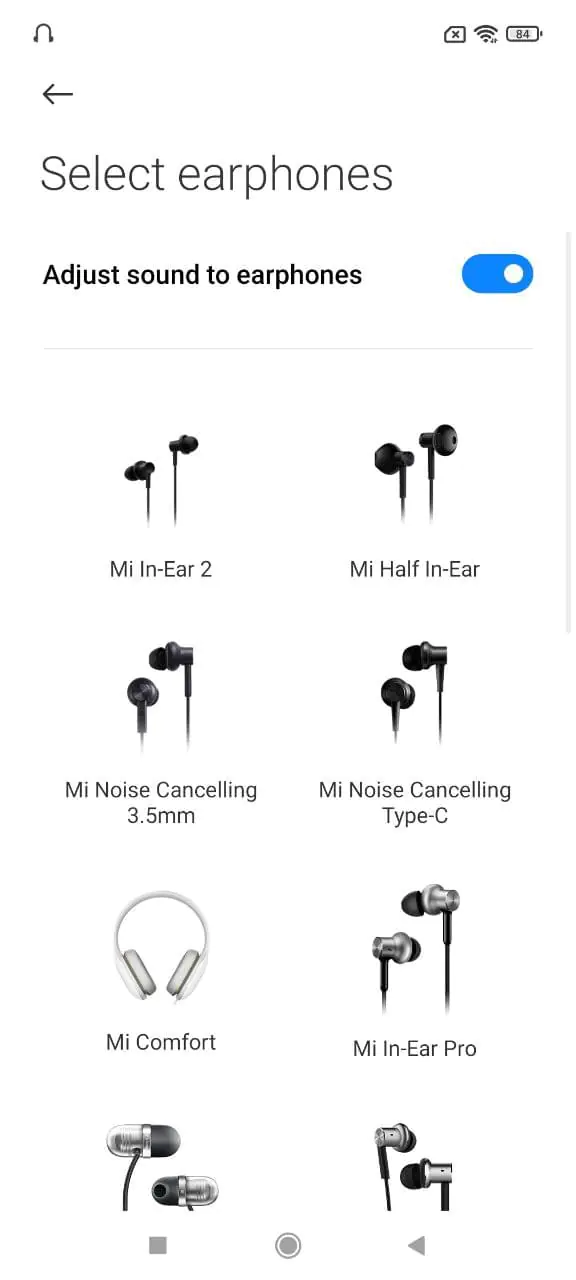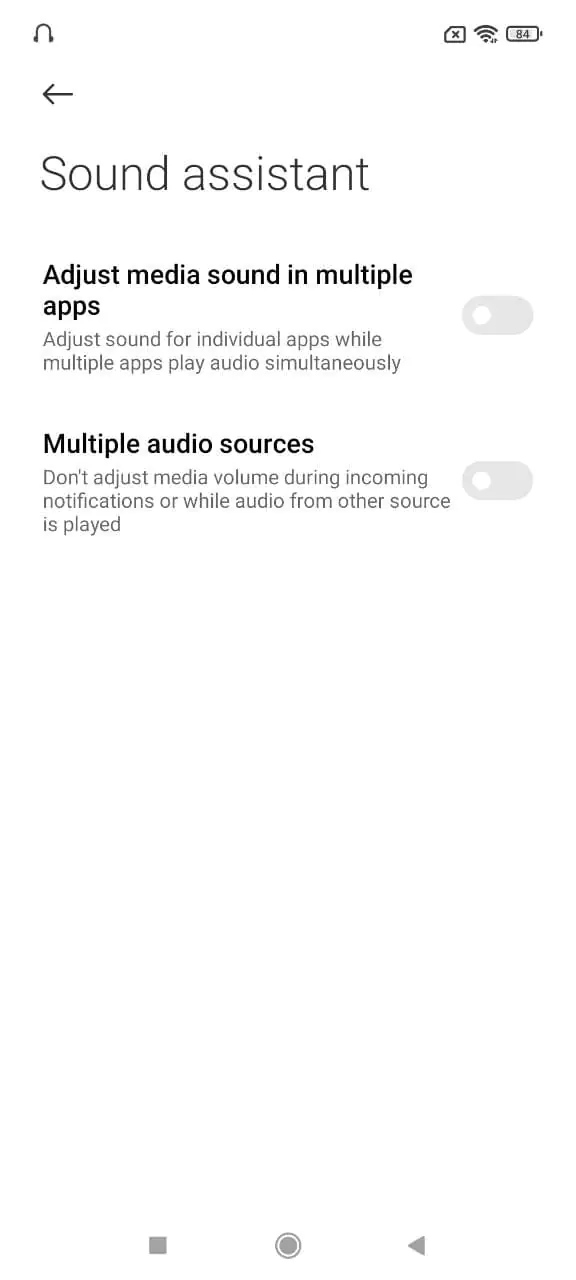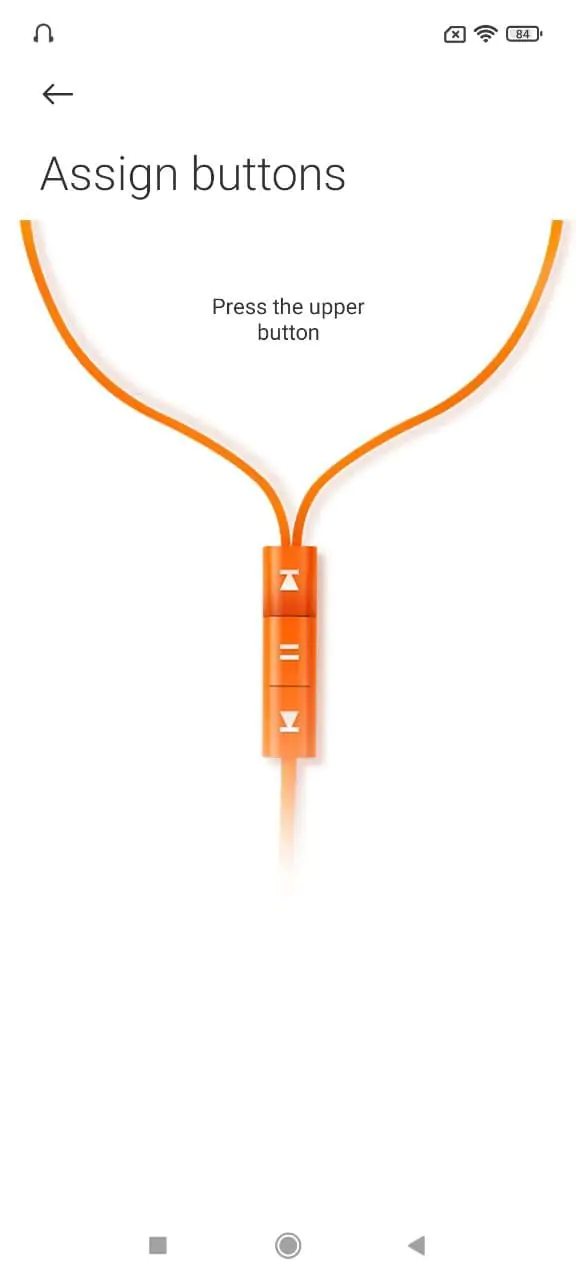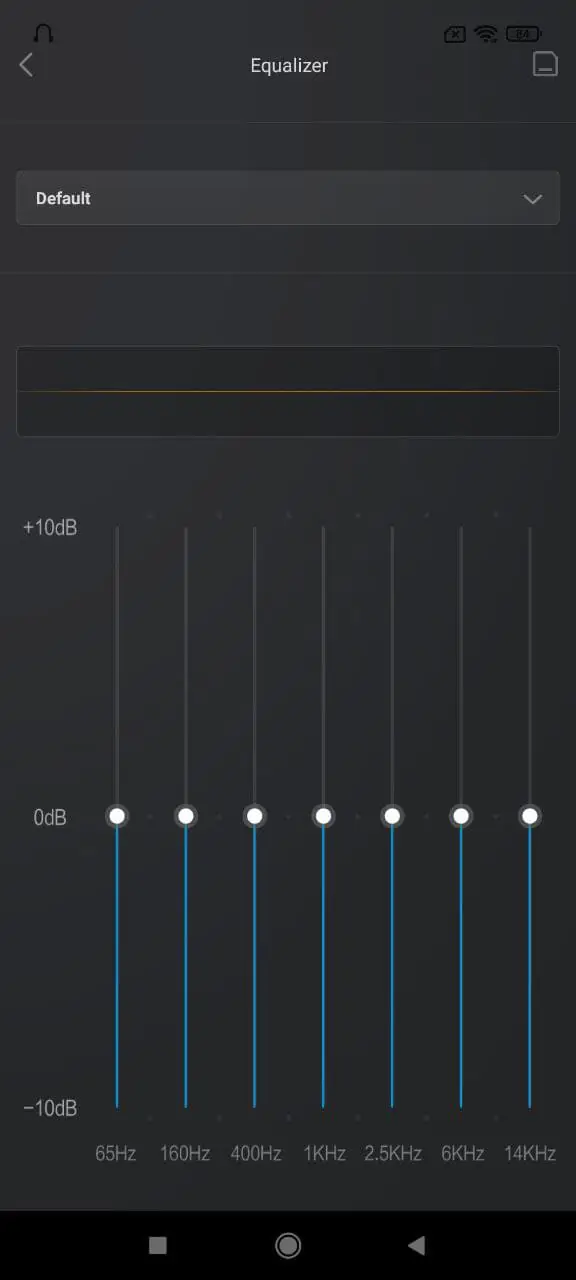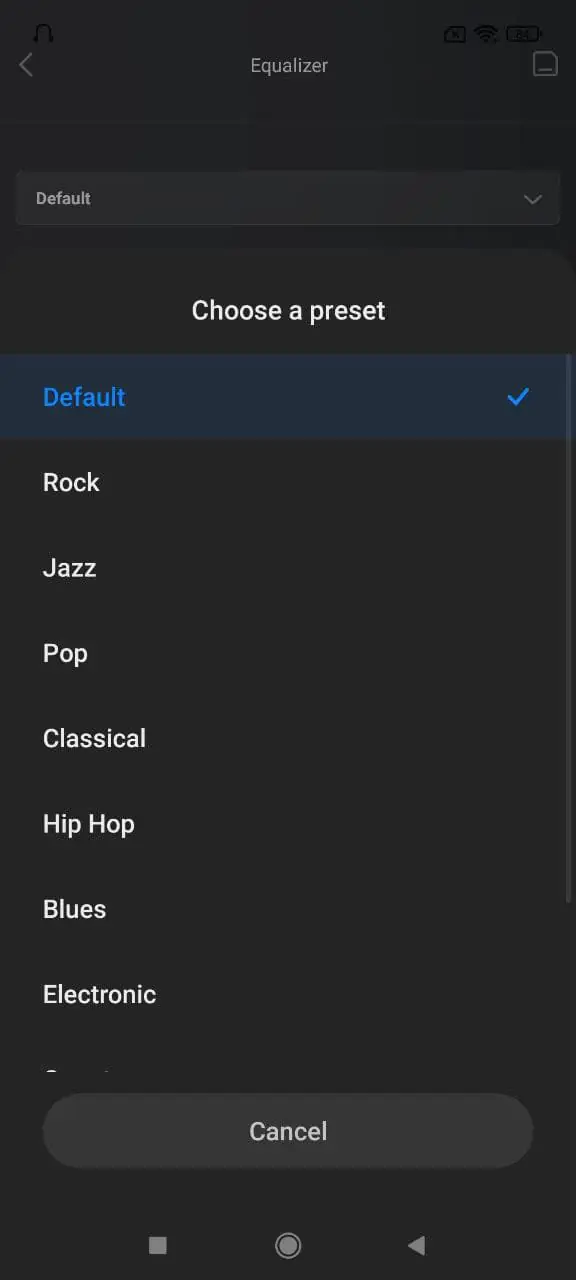© ROOT-NATION.com - Use of content is permitted with a backlink.
The POCO M4 Pro 5G is a brand new model from the Xiaomi POCO sub-brand. Like many lines of Xiaomi and Co smartphones, this series is updated twice a year. So, the M3 Pro, which Pavel Chuykin wrote about, was released in mid-May, and now it’s time to check out the next revision.
Compared to its predecessor, the POCO M4 Pro is improved in a number of characteristics. So, for example, it has stereo speakers, a wide-angle camera, and charging almost twise as fast. But is it worth the update?
Read also:
Full specifications of the POCO M4 Pro 5G
- Screen: IPS, 6.6 inches, 2400×1080 pixels, 399 ppi, refresh rate 90 Hz, sampling rate up to 240 Hz
- Processor: MediaTek Dimensity 810, 6 nm, 8 cores, 2×Cortex-A76 (2.4 GHz) + 6×Cortex-A55 (2 GHz)
- Graphics processor: ARM Mali-G57
- RAM: 4/6 GB, LPDDR4X
- Storage: 64/128 GB, UFS 2.2
- Support for microSD memory cards: up to 1 TB
- Wireless networks: Wi-Fi (2.4 + 5 GHz), Bluetooth 5.1, NFC, GPS, A-GPS, GLONASS, Galileo
- Main camera:50 MP (f/1.8), 1080p (30/60 fps), wide-angle: 8 MP (f/2.2, viewing angle 119°)
- Front-facing camera: 16 MP (f/2.45)
- Battery: 5000 mAh, support for fast charging 33 W
- OS: Android 11 with MIUI 12.5 shell
- Dimensions: 163.56×75.78×8.75 mm
- Mass: 195 g
Price
POCO’s M-line of smartphones belongs to advanced budget devices. On the one hand, there is nothing out of the ordinary, but it is well balanced in terms of price and functionality. The smartphone has two modifications – 4/64 GB, which costs about $250, and 6/128 GB, the price of which is about $275. But you can save money by ordering POCO M4 Pro in the official store on AliExpress.
What’s in the box
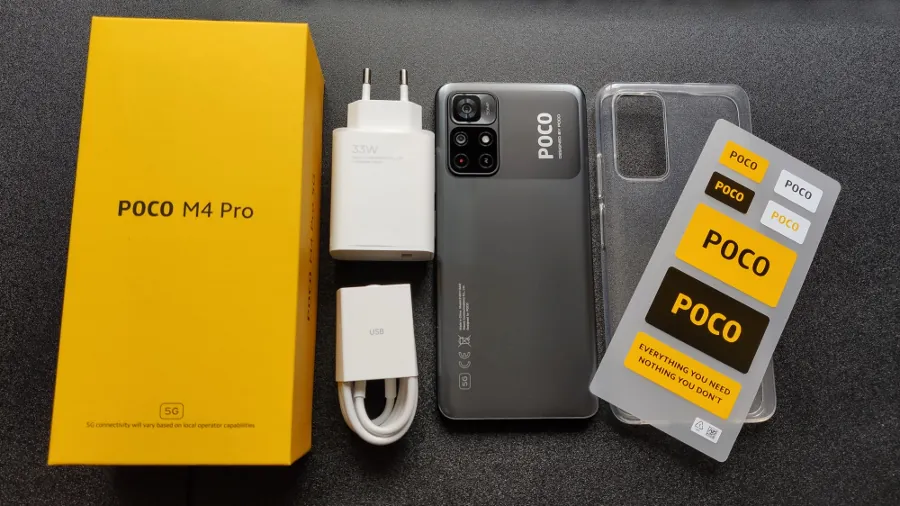
The POCO M4 Pro 5G comes in a neat bright yellow box without any special decorations. Inside it is a smartphone, a charger (33 watts) and a cable, a SIM eject tool, a silicone case, a set of stickers for fans of the brand and accompanying papers.
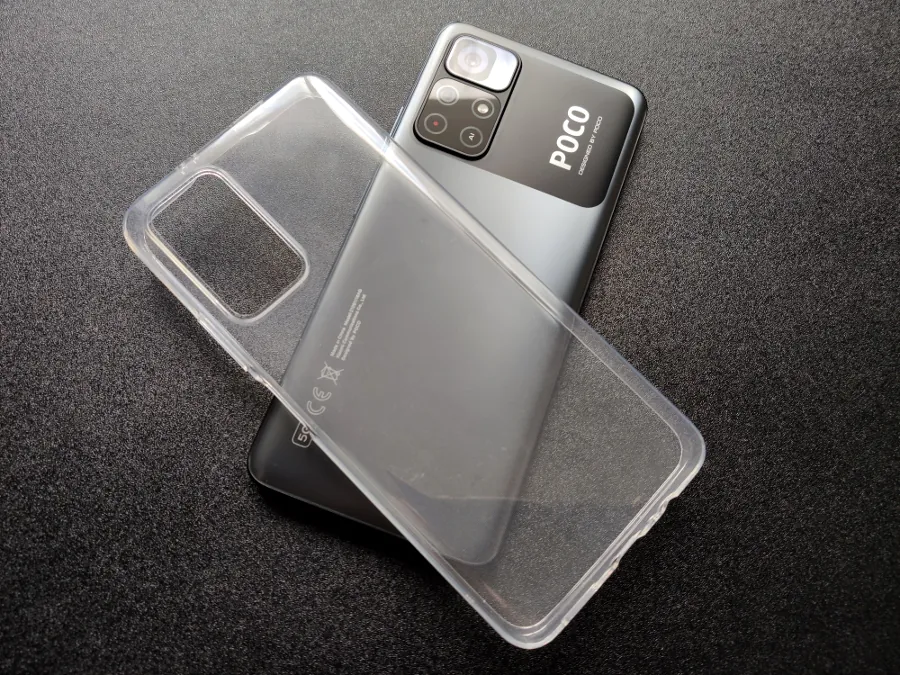
The bumper, as usual, is made of transparent silicone, which means that it will retain its original appearance for a short time. But at first it will help out quite a lot. The main thing is that the screen and the camera unit are protected by the sides of the cover. In addition to the bumper, the manufacturer has pasted a protective film on the display.
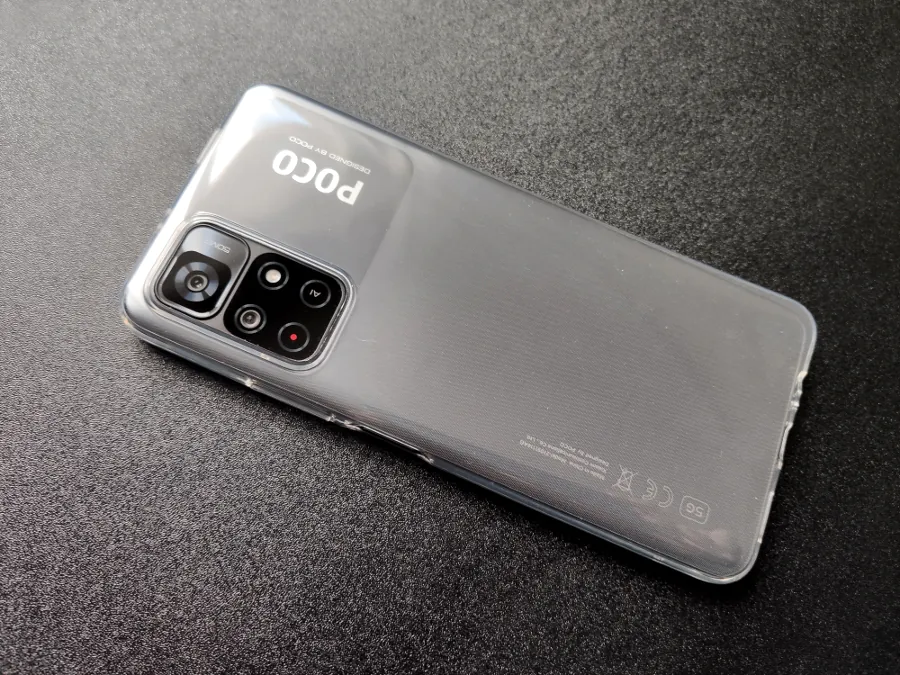
Read also:
- Samsung Galaxy Z Fold3 5G review: Addictive foldable smartphone
- Moto Edge 20 review: Why do we need flagships anyway?
Design and materials
The POCO M4 Pro is clad in a plastic case, which, on the one hand, has something in common with the Redmi 10 (the camera unit seems to hint at this), but, on the other hand, the smartphone looks quite distinctive. The model is presented in three colors – gradient blue, bright yellow and classic Power Black. A side effect of this color is that sometimes it looks wider in photos than it actually is. The texture of the back is kind of matte, but it still collects fingerprints. Not like gloss, but still.
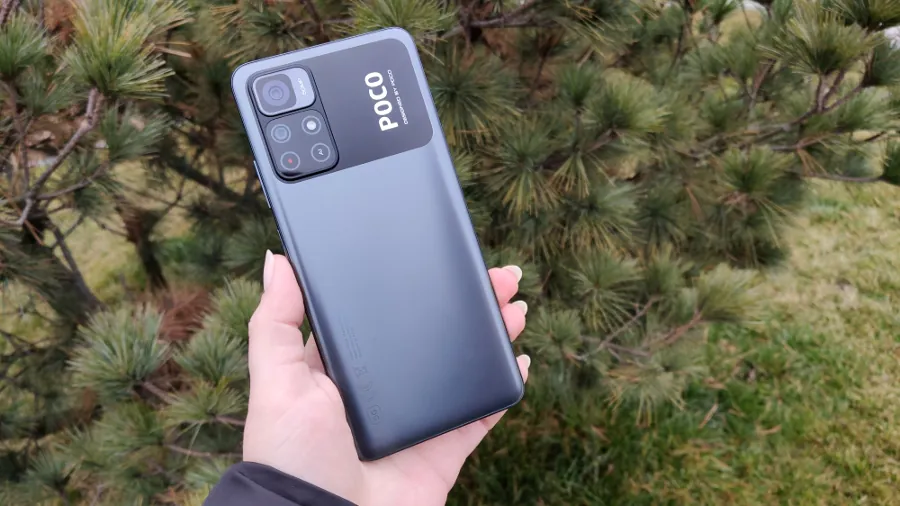
From above, it is difficult not to notice a massive block of cameras, which is also highlighted by a panel that occupies almost a third of the back side. This panel serves as a kind of label with large brand logo and “Designed by POCO” text.
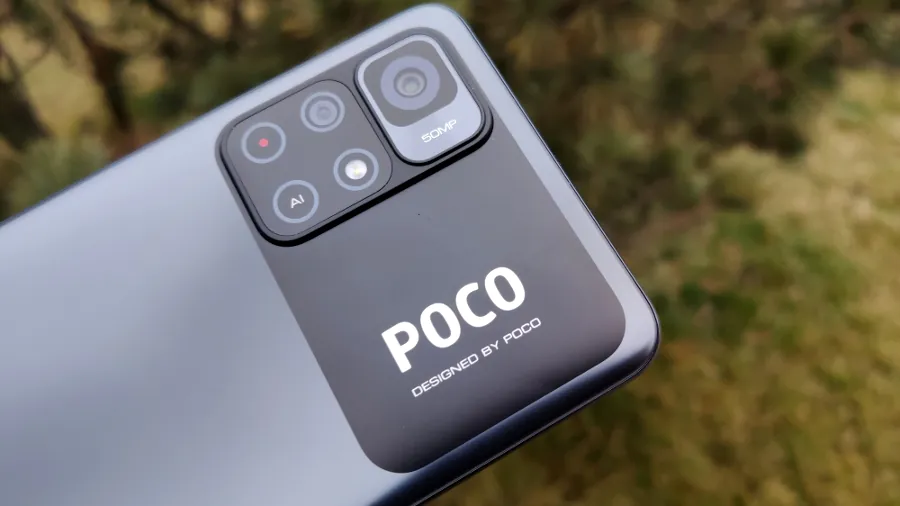
But back to the cameras. The camera module consists of two platforms: on the lower base there is a wide–angle, a flash, as well as a pair of “plugs” in place of potential cameras, and on the upper we have the main 50-megapixel module. By and large, the bottom row of lens holes could be safely cut off, since they do not carry any functional load. They also hardly make the design any better. But we have what we have, so we will treat this simply as a design feature.
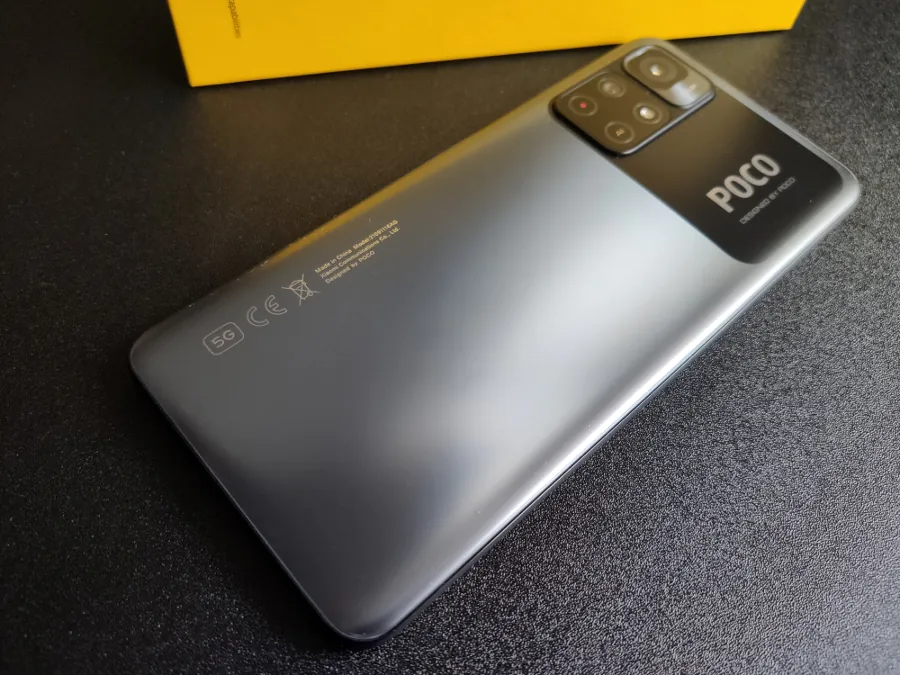
In the lower left corner there is a technical marking. For some reason, it was highlighted with metallic paint, although, in my opinion, it would be logical not to draw special attention to the icons and inscriptions and make them less contrasting.
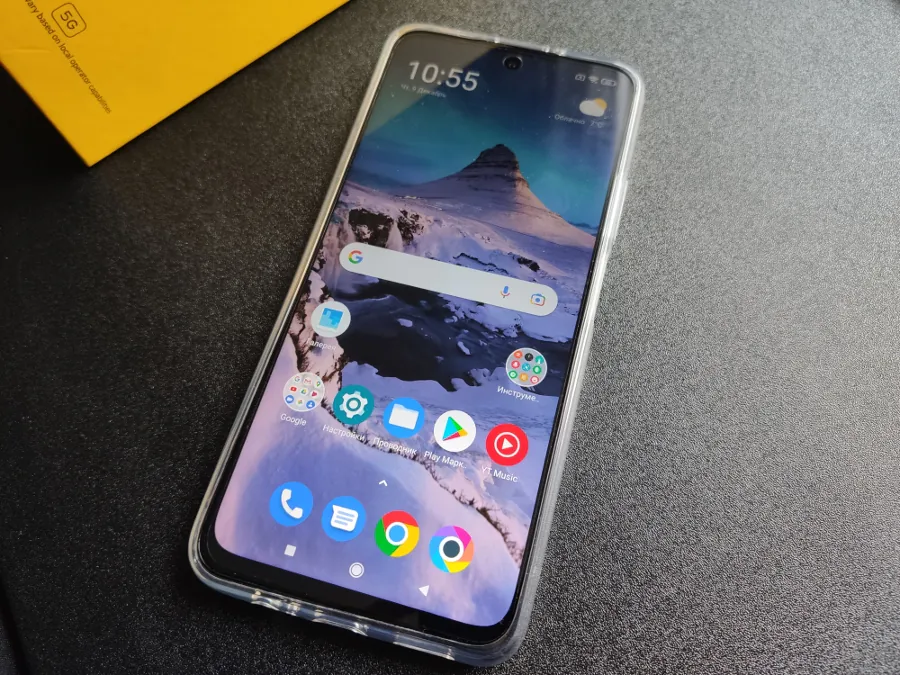
The front is quite laconic – a screen, a cutout for the front camera, a speaker grille and a protective film. The bezels around the display are quite adequate.
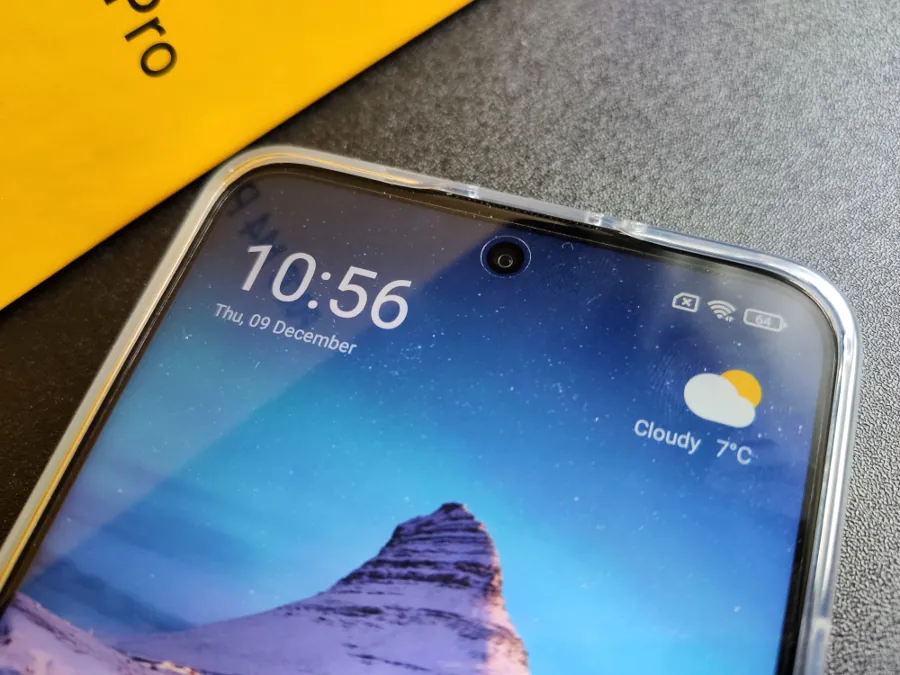
The layout
The edges on which the main controls are located are painted in matte gray, which harmonizes well with the main color of the smartphone. On the left side there is a triple slot for a memory card and a pair of SIM cards. I note that the POCO M3 Pro slot is hybrid. To the right of the screen, as usual, there are volume buttons and a power key combined with a fingerprint scanner.
On the upper face, you can notice the IR port window, the hole for the auxiliary microphone, as well as the grille of the auxiliary speaker. At the bottom there is a charging connector (Type-C), a 3.5 mm audio jack, a main speaker grille and a hole for another microphone.
Although the POCO M4 Pro is not compact, it sits well in the hand and, thanks to the matte texture of the case, is quite grippy. The power button and volume keys are located at the right height and it is not difficult to reach them. But, given the screen size of 6.6 inches, it is impossible to reach the opposite corner.
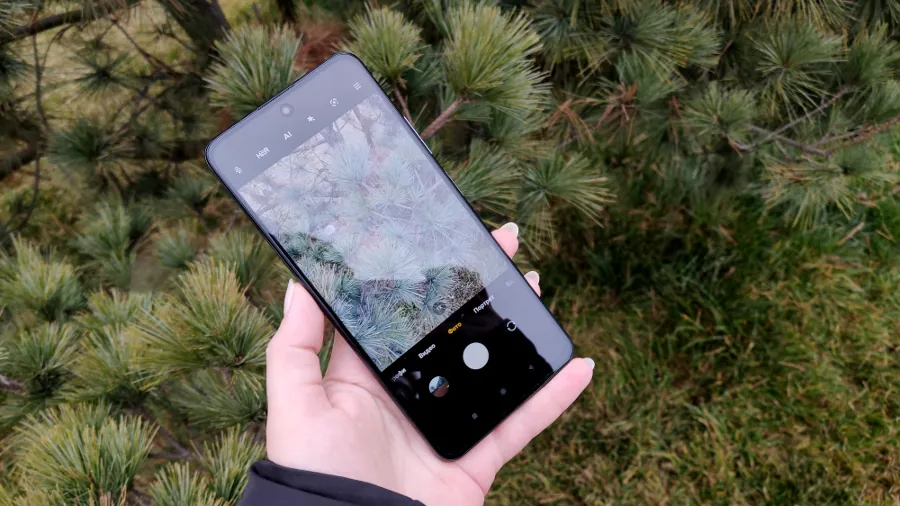
Read also
- Xiaomi 11T review: Alternative to a Flagship?
- Xiaomi Mi 11i review: the most affordable flagship on Snapdragon 888
Display
Compared to the previous generation, the POCO M4 Pro screen has grown by 0.1 inches, but has retained its main characteristics. Now the screen is a 6.6-inch IPS matrix with a resolution of 2400×1080, a pixel density of 399 ppi, a refresh rate of 60/90 Hz and a sampling rate of up to 240 Hz. The display is quite nice – it has a decent margin of brightness, good readability in natural light, and the 90 Hz mode makes the interface even smoother.
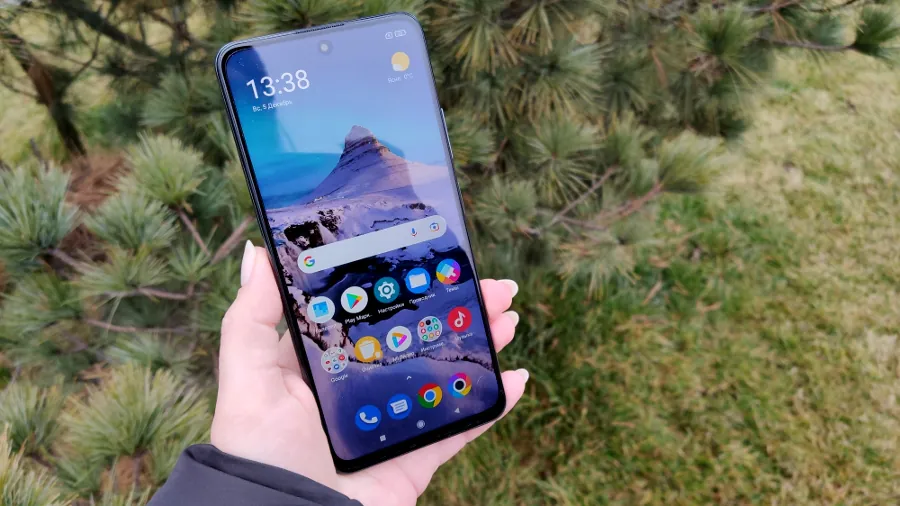
In the settings, you can switch to the dark side theme, turn on auto-brightness, use the reading mode and set a schedule for it, select the refresh rate (60 Hz or 90 Hz), configure the locked screen, as well as set the color scheme (vivid, saturated or standard) and adjust the display temperature.
Hardware and connectivity
The POCO M4 Pro has the MediaTek Dimension 810 chipset inside, based on a 6 nm process technology. The processor consists of 8 cores, 2 of which are Cortex-A76 with a maximum clock speed of 2.4 GHz, and 6 are energy-efficient Cortex-A55 2 GHz each. Graphics are supported by the ARM Mali-G57 processor.
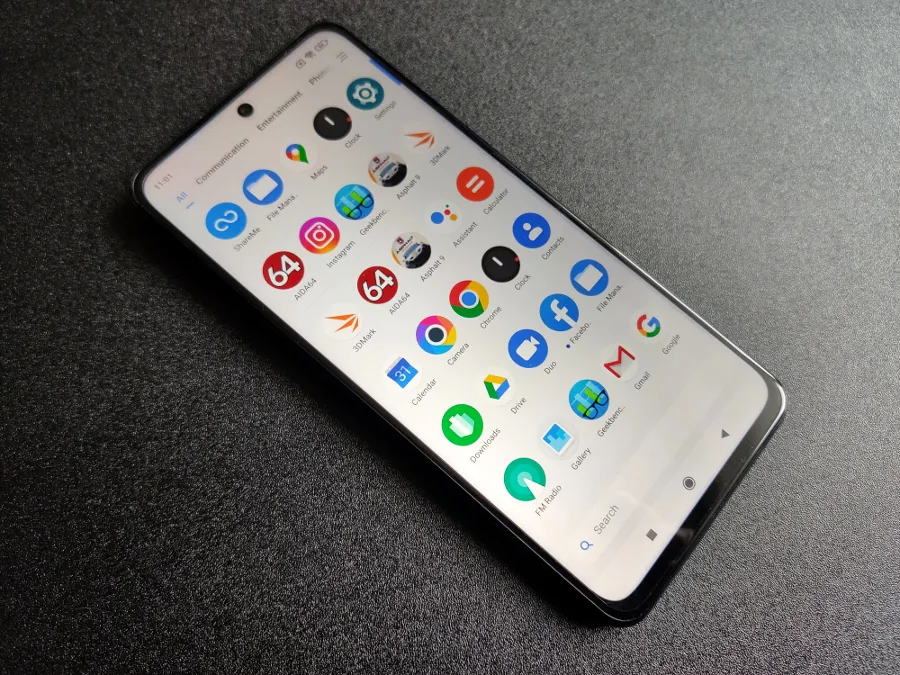
As mentioned above, the smartphone comes in either 4/64 GB or 6/128 GB configuration. 4/64 GB in 2021 is looking a bit archaic, so I would choose the option with a large amount of memory. Especially considering the fact that the price difference is small. However, if the requirements for a smartphone are modest, then 4/64 GB is quite suitable. Anyway, storage can be expanded with microSD up to 1 TB in both versions. The slot, let me remind you, is full-fledged here, so you will not have to sacrifice the second SIM card.
In terms of performance, the POCO M4 Pro is quite alright. Asphalt 9 runs on the maximum graphics settings, while the heavier Genshin Impact is very stable on the lower settings. The smartphone copes with everyday loads perfectly.

The M4 Pro kit consists of dual-band Wi-Fi, Bluetooth 5.1, NFC module, as well as a number of geo-positioning services (GPS, A-GPS, GLONASS, Galileo). There is support for 5G.
Read also:
- Realme GT Master Edition vs Xiaomi 11 Lite 5G NE vs Samsung Galaxy A72: 2021’s hottest mid-rangers go head to head
- Realme 8 vs Redmi Note 10S: Budget smartphones head-to-head
Software
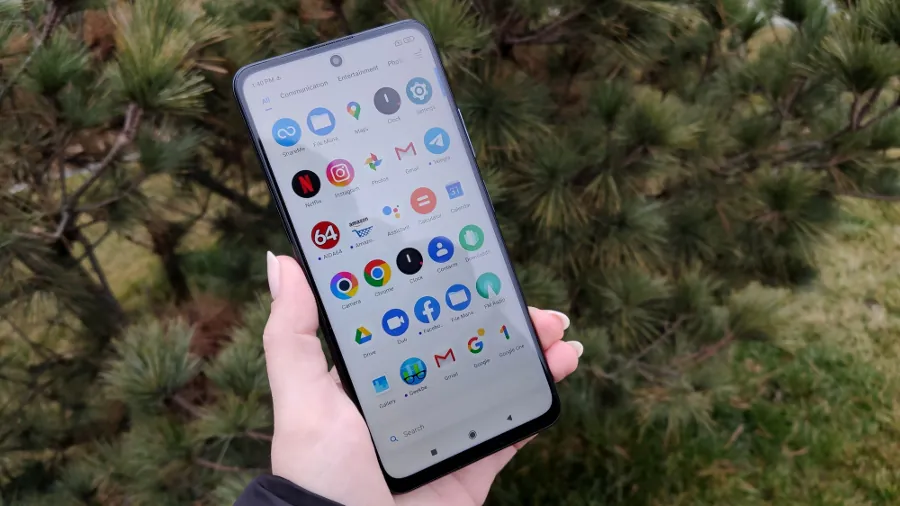
The POCO M4 Pro runs Android 11 with a MIUI 12.5 shell and a proprietary POCO launcher. This is the same MIUI, only with minor changes. So, by default, icons of new apps are not created on the desktop (however, this can be changed in the settings), and in the application menu has categories like Communication, Photos, Games, Tools, etc. Categories can be swapped, or you can disable the category panel altogether. Otherwise, the functionality with MIUI is identical – the same gestures, settings and utilities.
Unlocking
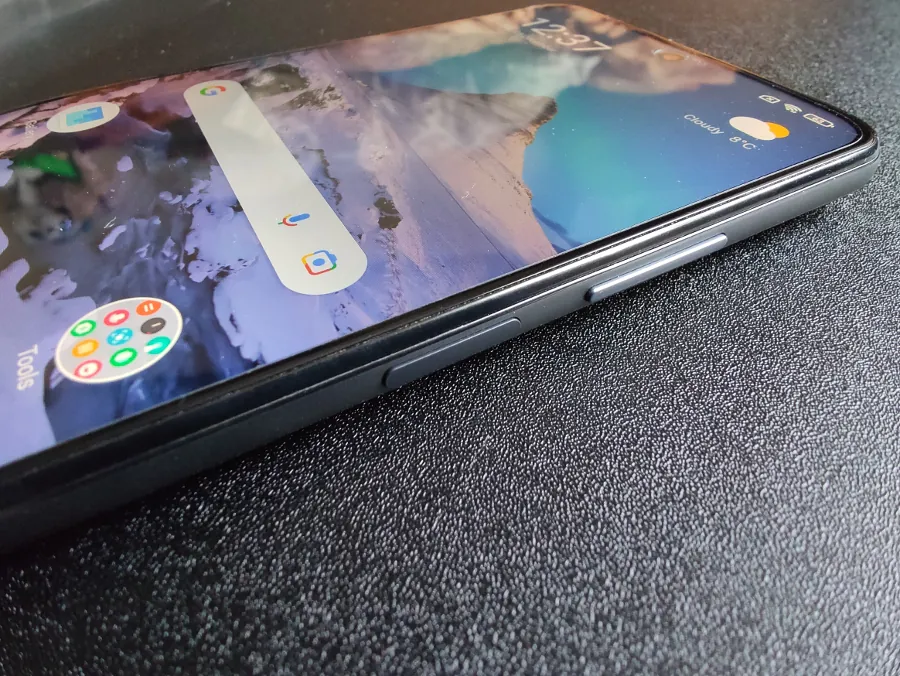
The methods of unlocking are bog standard: there’s a fingerprint sensor and a face scanner. The fingerprint scanner is combined with the power button and works perfectly.
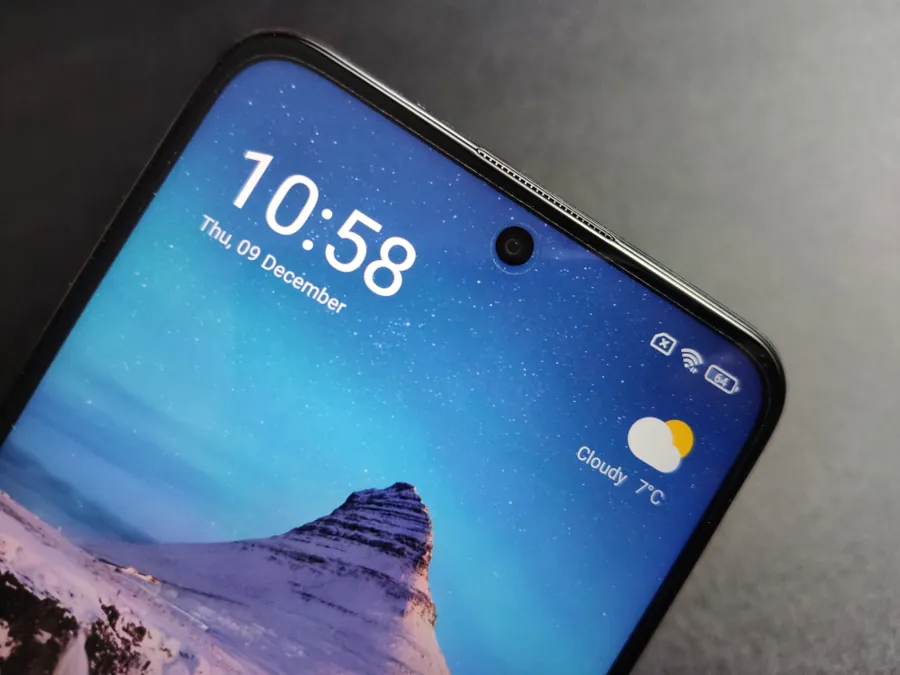
The same can be said about the face scanner. Unlocking with its help takes place in a matter of seconds and even in complete darkness. Although it will take a couple of seconds.
Read also:
- Xiaomi Pad 5 review: Excellent Multimedia Tablet
- OPPO X 2021 first impressions: Technology of the future?
Cameras
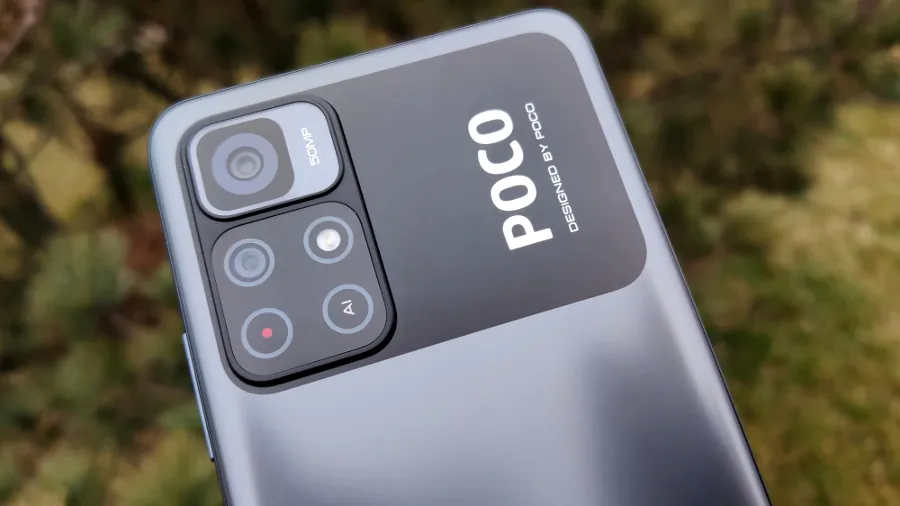
The cameras here are different. While the POCO M3 Pro had a triple camera and consisted of a main module and two auxiliary modules (a depth sensor and a macro module 2 MP each), the M4 Pro only has two cameras – the main and the wide-angle. As for me, changes are more useful. The main sensor received a resolution of 50 MP with an aperture of f/1.8 (while the video is shot in 1080p resolution, 30/60 fps), and the wide-angle is 8 MP with a light sensitivity of f/ 2.2 and a viewing angle of 119°.
The camera app provides the following modes:
for Photo – Photo, Night, Pro, Panorama, Portrait, Documents and 50 MP mode;
for Video – Video, Video Clip, Slow Motion and Timelapse.
Google Lens, filters and image enhancement, beatification, cinematic frame, AI and HDR mode – everything is in place.
The quality of the shooting corresponds to the price segment of the smartphone – not bad, but with issues. In the daytime, I have no questions about any of the modules – the pics are quite clear, detailed, with a pleasant natural color reproduction. Only the wide-angle slightly smears the edges and textures in places, but, in general, the photos are quite decent during the day.
For night shooting, the wide angle is not particularly applicable, as is typical of similar modules in most smartphones. A 50-megapixel sensor fits better, but the pictures are still not perfect. In normal mode, due to the fact that the camera is trying to pull out the light, the detail is bad and textures are blurred, so I would recommend using the appropriate mode for night shooting. Night mode improves the contrast and shows more details, which in many ways saves the situation.
I suggest you evaluate the normal Photo mode and the Night mode when shooting at night. In the same lighting conditions, the result is almost identical, but in others the difference is very noticeable. Night mode is on the right.
And a few more examples of photos on the main module under different lighting conditions. Without AI and HDR.
Photos on the main lens in full resolution
And now the wide-angle camera.
Wide angle camera shots in full resolution
The selfie camera here is 16 MP with an aperture of f/2.45, the video is shot at 1080p and 30 fps. Compared to its predecessor, the camera resolution has doubled (in the M3 Pro, the front-facing camera is 8 MP). The camera allows you to take good selfies during the day, but in low light, the quality of the pictures deteriorates noticeably. Nothing outstanding.
Sound
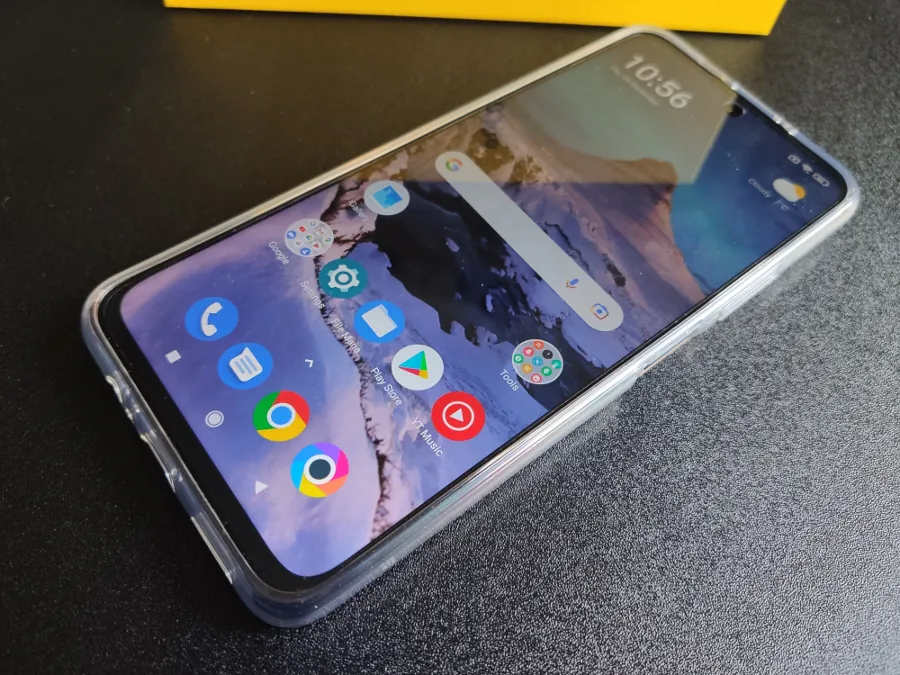
The POCO M4 Pro finally has stereo speakers. The sound, of course, is not flagship, but much better than smartphones with a single speaker. Its imperfection lies in the fact that the lower speaker sounds louder and more detailed, and the auxiliary one seems to play only part of the sounds. But, despite this, watching movies or videos on YouTube is much more enjoyable.
In the sound settings, you can select one of the presets (Smart, Music, Video, Voice), which will be used for both headphones and speakers. You can turn on the Hi-Fi sound mode, adjust the sound for different headphone models (only Xiaomi models are supported), play with the equalizer, select the volume mode according to age and calibrate the control on a wired headset.
Read also:
- Xiaomi Mi 11 Lite review: an imposter?
- Xiaomi Mi Smart Band 6 review: A new fitness tracker with SpO2 Sensor
Battery life
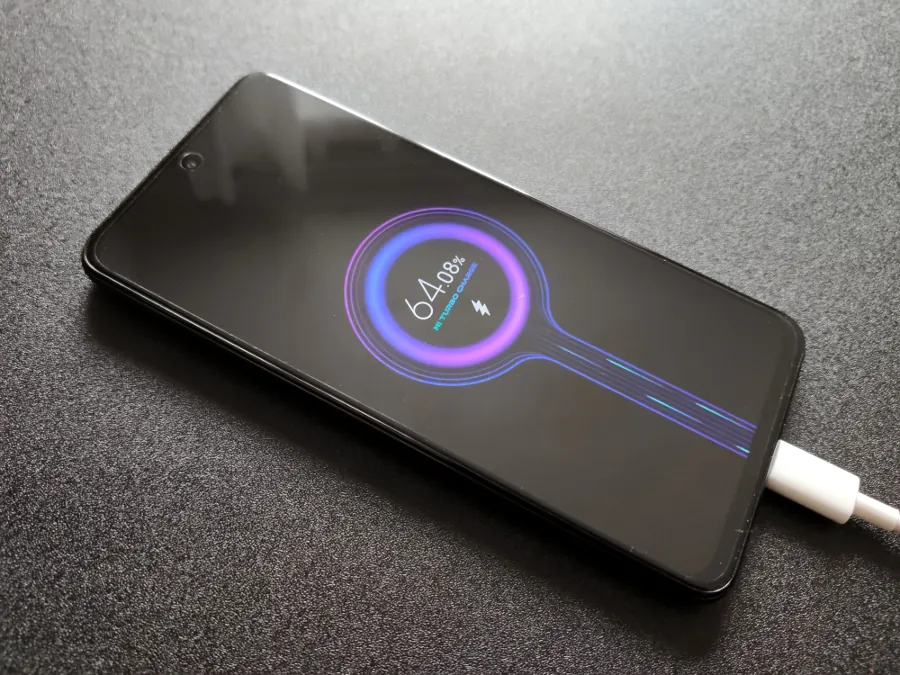
The POCO M4 Pro battery is 5000 mAh, and, in addition, the smartphone supports fast charging (33 watts), thanks to which it will take only about an hour to fully charge the battery. Not a record, but quite good. From 20 to 100%, the smartphone is charged in 50 minutes. If you forgot to charge your smartphone in the evening, then in the morning, while drinking coffee, you can replenish the charge, which will last until the evening.
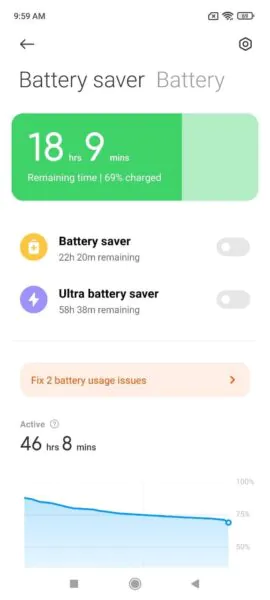
As for the battery life, my smartphone on average survives for 3 days (90 Hz, social networks and messengers, videos, music, some games, camera, web surfing, etc).
Verdict
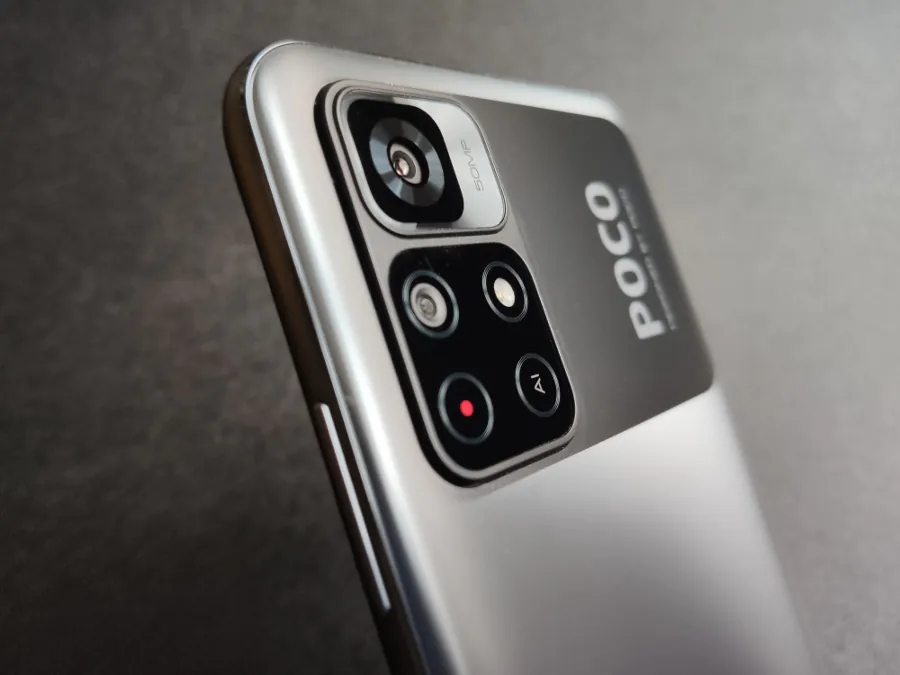
How has the POCO M4 Pro changed compared to its predecessor? To begin with, it has a wide-angle camera instead of two auxiliary modules, so technically there are now two full-fledged cameras, not one. Stereo speakers and a triple slot for a pair of SIM and microSD have also appeared. Of course, the processor was updated, the screen was slightly enlarged, and fast charging is no longer 18 watts, but 33 watts.
The changes, of course, are pleasant, but if you are currently using the POCO M3 Pro, there is not much point in updating. But if there is a choice between M3 Pro and M4 Pro, the latter looks like a more balanced solution. The smartphone does not offer top performance and mind-blowing cameras, but it will satisfy the needs of many users who are looking for a good-quality device with a good screen and decent battery life for daily tasks.
Read also:
- Xiaomi IMILAB KW66 smartwatch review: Lots of Style, Few Features, Good Battery Life
- Xiaomi Haylou GT1 Plus review. Best ultra-budget TWS earbuds?
Where to buy



